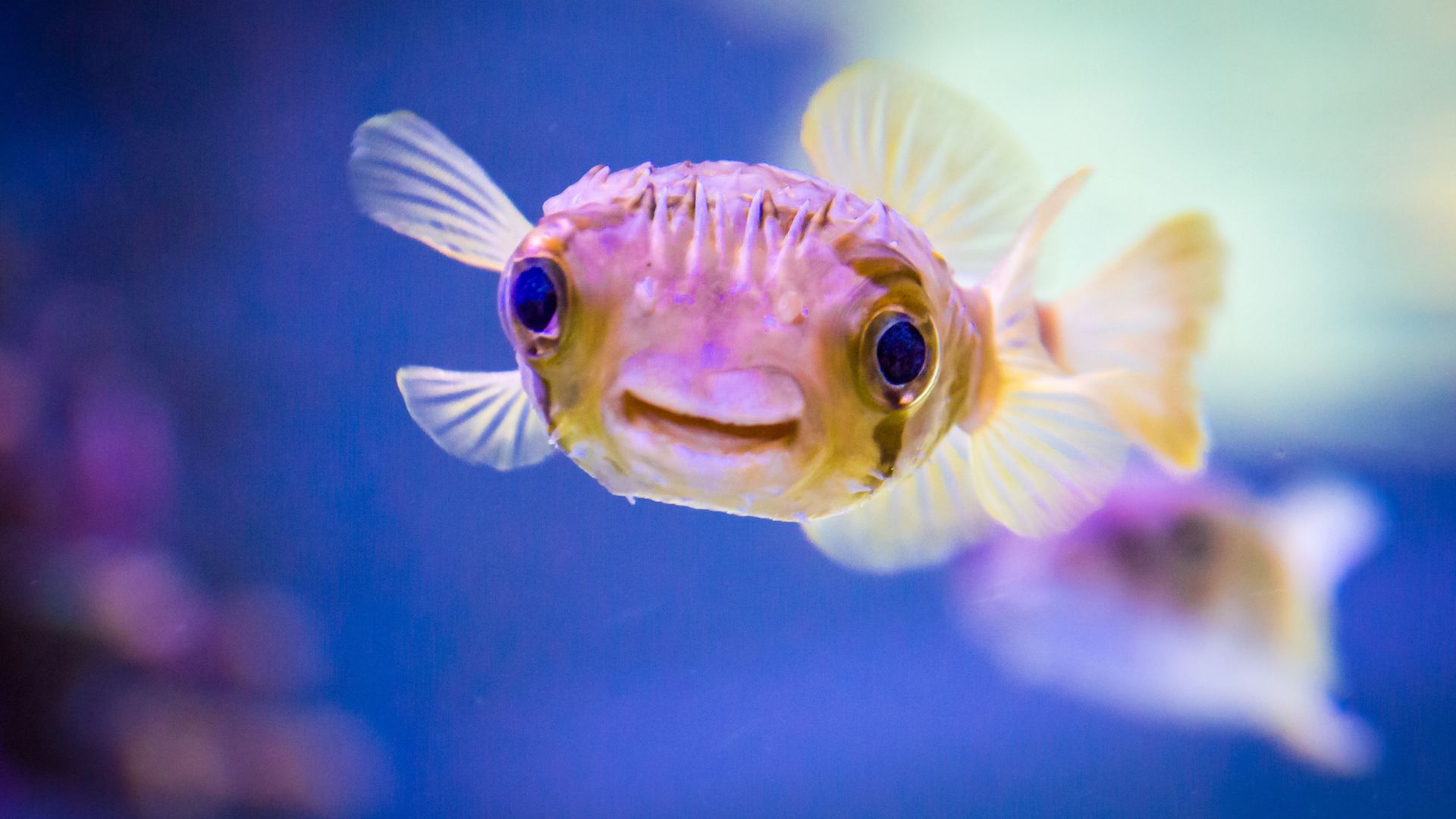
If you’ve added ‘at-home aquarist’ to your resume recently, you may be searching for the best tips for taking care of fish, to ensure your finned friends are well looked after.
These colorful and intriguing under-the-water pet pals don’t ask for much. Unlike other four-legged fur babies, fish won’t need to be walked or groomed. But there are a handful of general basic fish care practices all aquatic enthusiasts should stick to.
For starters, investing in the best fish food isn’t just a ‘nice to have’, it’s a necessary part of fish care. The best top-quality fish food ensures your school gets the right diet to help them lead a happy and healthy life.
Then there’s the pH level of the water and the cleaning schedule to think about. Plus, if you’ve got a community tank, you’ll want to ensure the fish you welcome into your aquarium can coexist peacefully. To help you make sure life as an armchair aquarist goes swimmingly, we’ve compiled a list of tips for taking care of fish.
32 Top tips for taking care of fish
1. Keep fish in a tank rather than a bowl
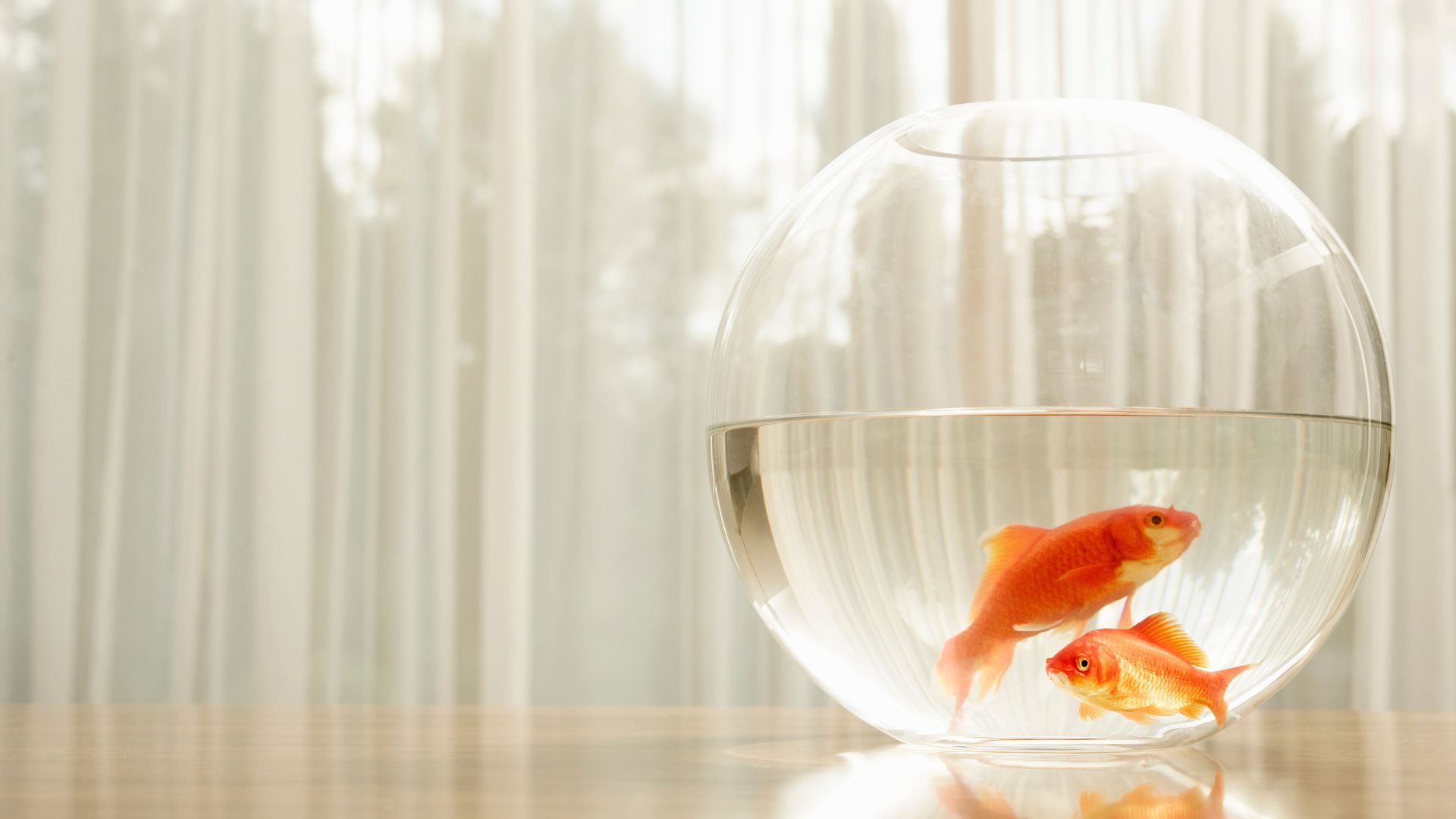
You might have spotted the two terms being used interchangeably, but when you look beyond the surface, there are quite a few differences between a ‘fish bowl’ and a ‘fish tank or aquarium’. From its size and restricted oxygen levels to its lack of proper filtration and less-than-ideal environment, a fish bowl might sound more appealing because of its smaller stature. But in reality, a tank or aquarium will help you take better care of your water babies. So check out the best fish tanks on the market or discover the best small fish tanks if you’re short on space.
2. Monitor water quality
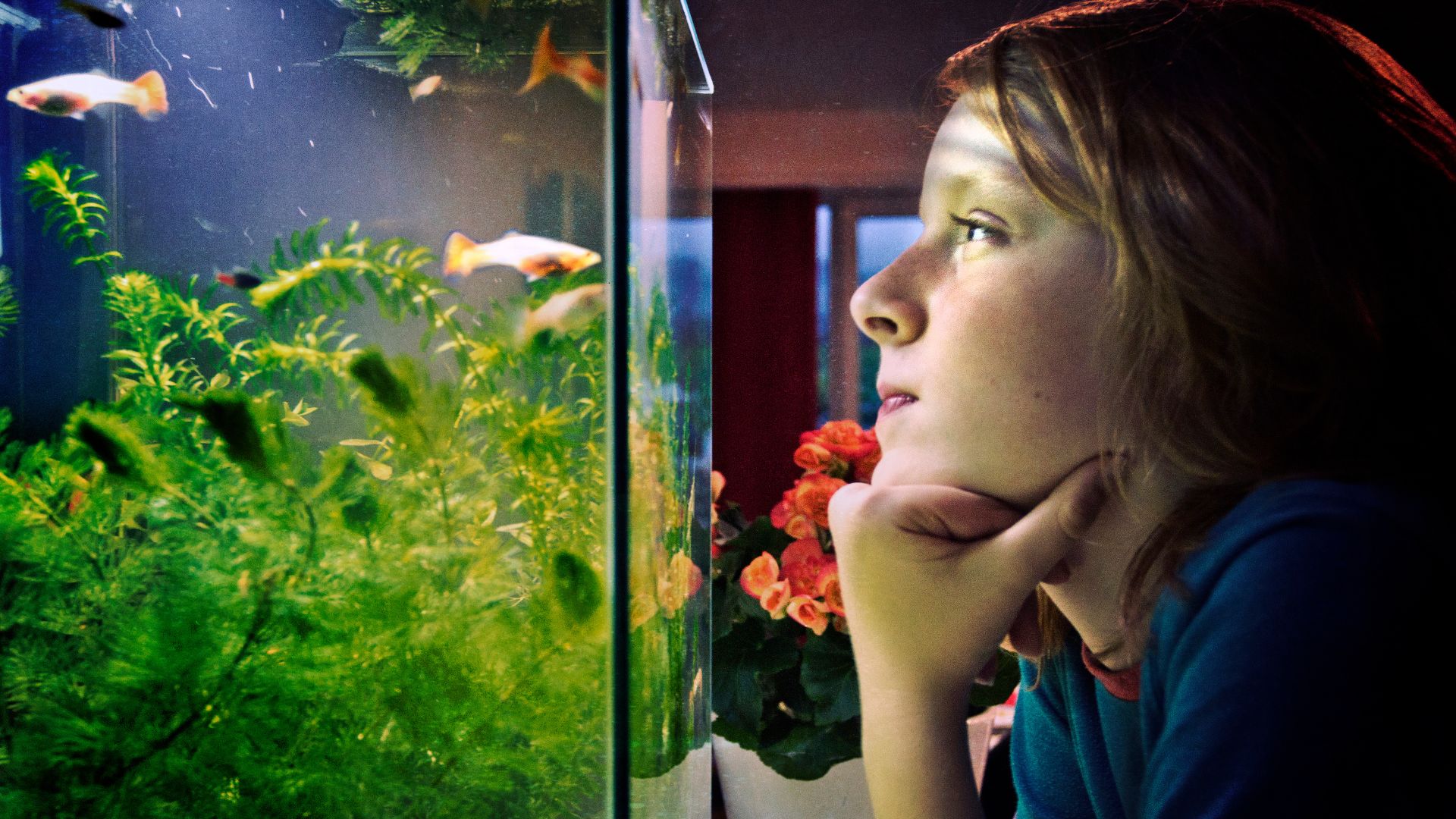
We hate to break the news, but poor water quality is the leading cause of fish death in aquariums. So monitoring the water is a big part of looking after your fish.
The main water checks you’ll need to do include testing on the pH level, carbonate hardness, and total hardness. Along with a nitrate, ammonia, and nitrite test. Just remember: the right water conditions will differ depending on the species of fish you’re keeping.
3. Use a filter
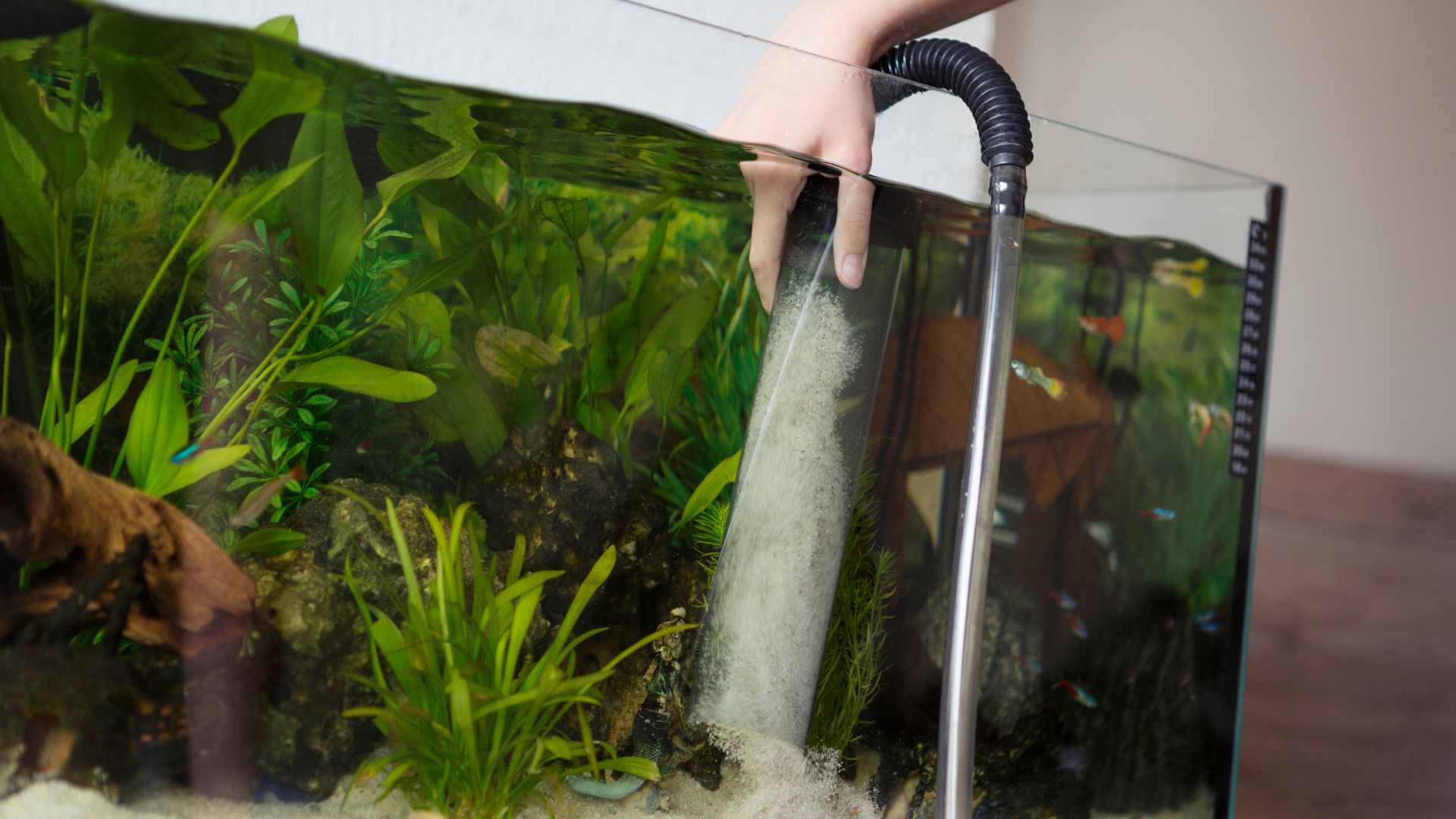
Once you’ve decided on the best fish tank for your water-loving pets, it’s time to include a filter. A filter helps with the water quality, as it works around the clock to remove dirt and waste and prevent any toxic build-up. This helps to keep the water clean and healthy for your fish.
4. Don’t subject your fish to loud noises
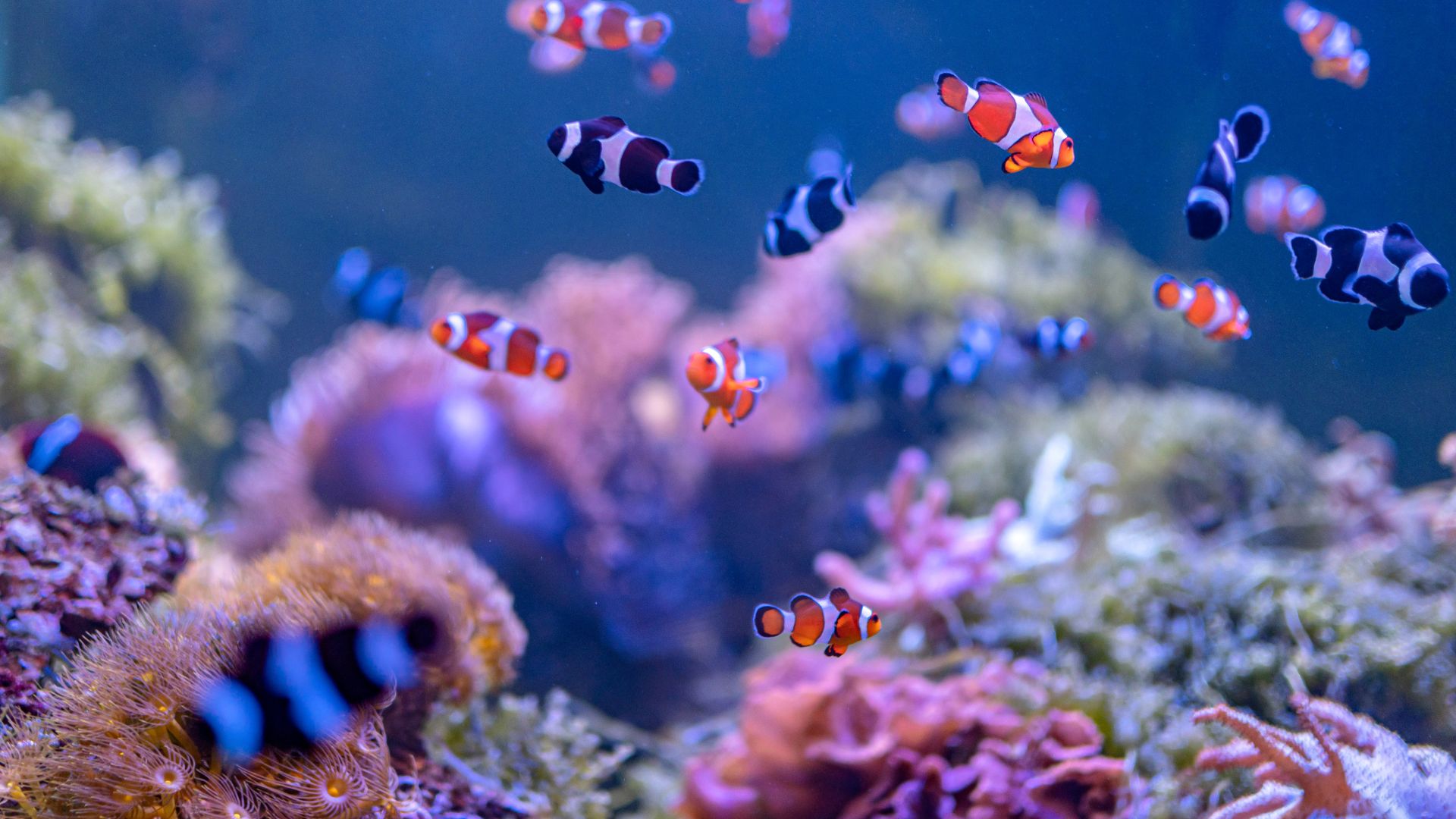
Your fish friends might be underwater, but they can still hear loud noises. A study in the Frontiers in Behavioral Neuroscience, which looked into whether human-generated sounds could affect the behavioral patterns of fish, found that sound exposure ‘may affect fish behavior in any captive condition’. So to help keep your finned favorites happy, limit their exposure to loud noises.
5. Avoid water temp changes
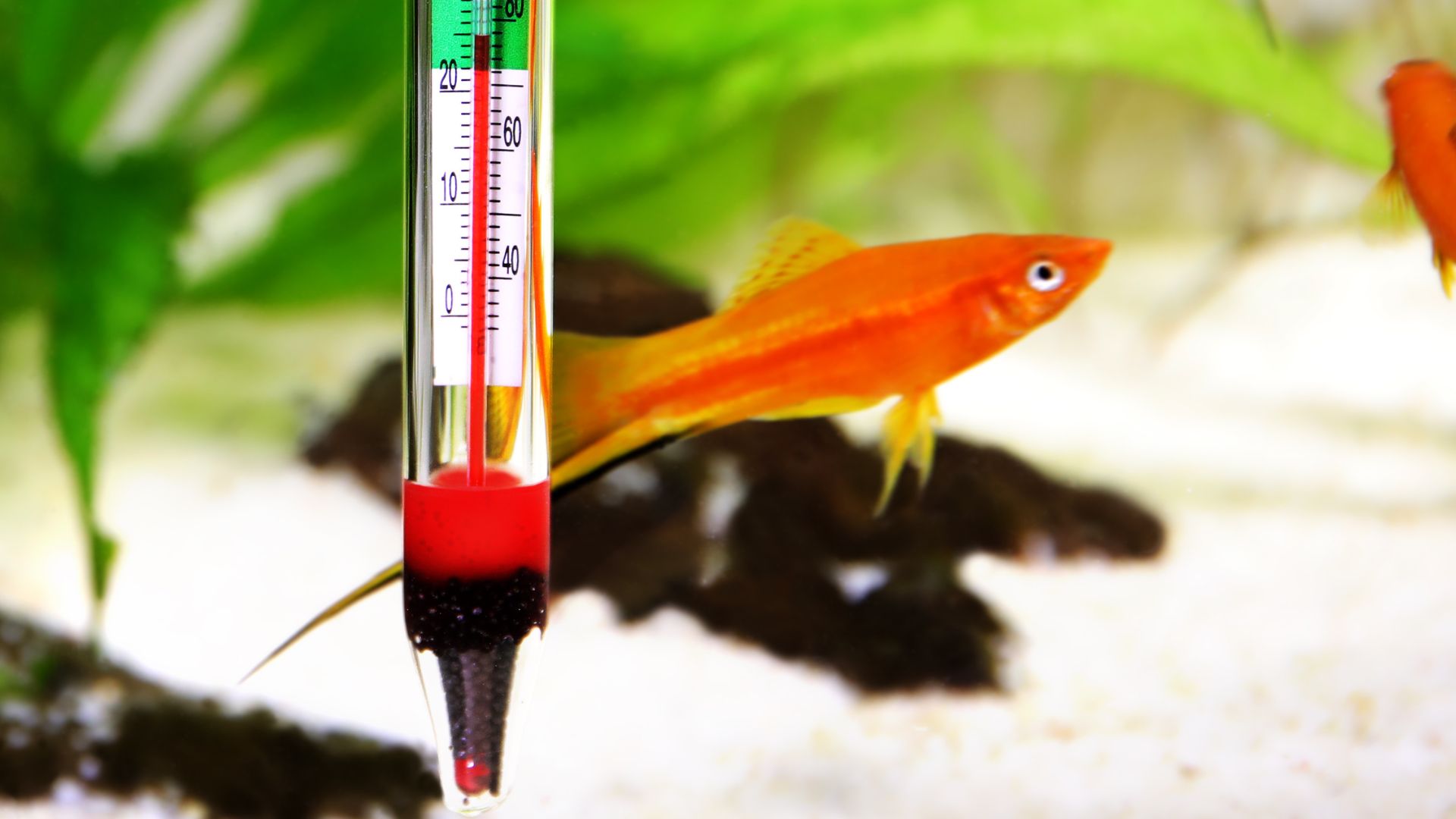
Most pet fish are cold-blooded. This means they’re unable to generate their own body heat, so therefore rely on the environment to regulate their temperature. Generally speaking, most fish do well in tank water temperatures of 75°-80°F. But this may vary depending on the type of fish you keep. So check (and double-check) the best temperature for your water babies before welcoming them into your tank.
6. Maintain routine cleaning
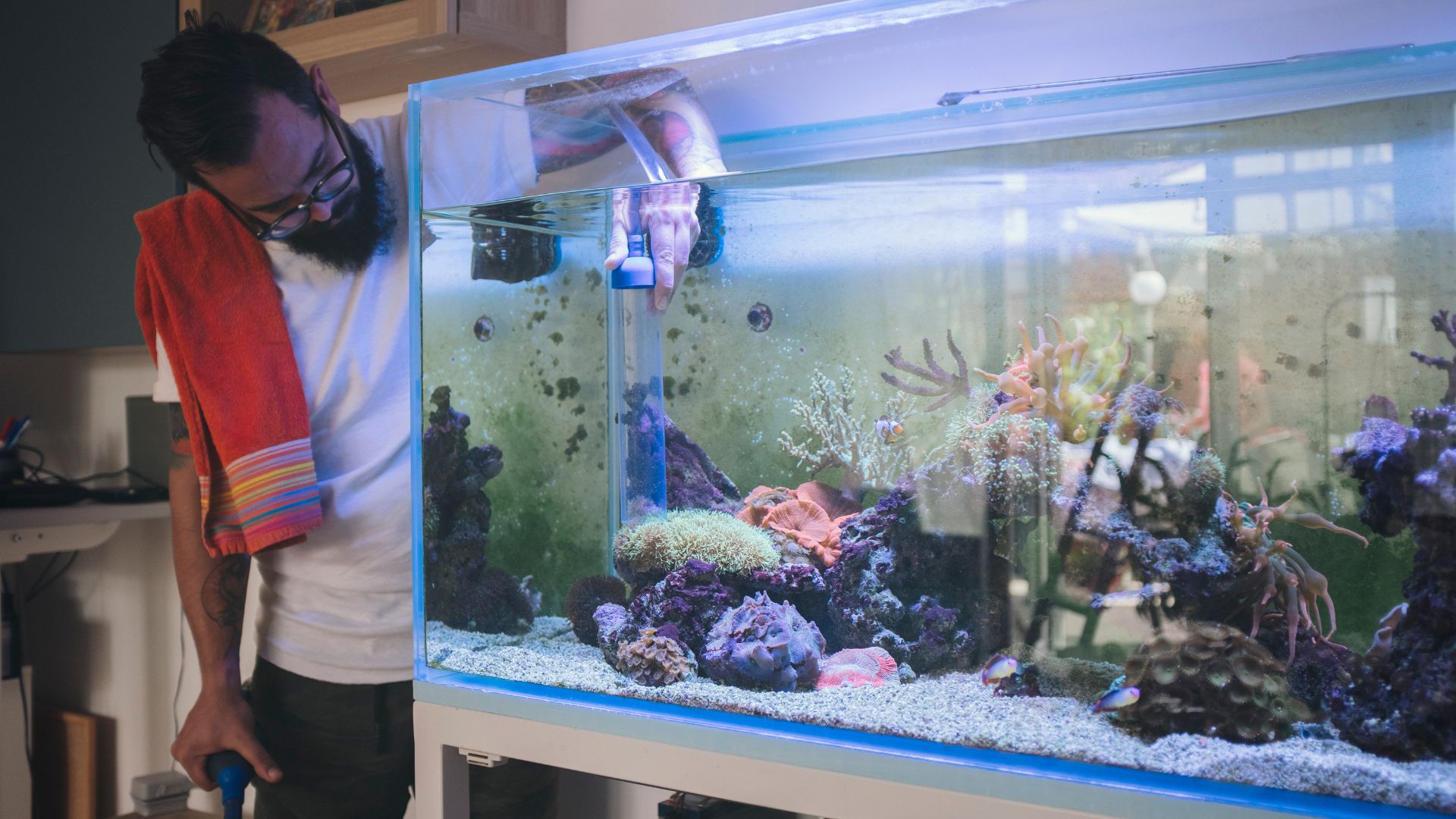
Tidy house, tidy mind. And the same goes for your fish tank. If you’re wondering how often to clean your fish tank, this all depends on how many fish you have and how messy the tank gets. But in most cases, the general rule of thumb is once every two weeks and the best fish tank cleaners can help you keep your finned friend’s under-the-water home in tip-top condition.
7. Pick the right species of fish
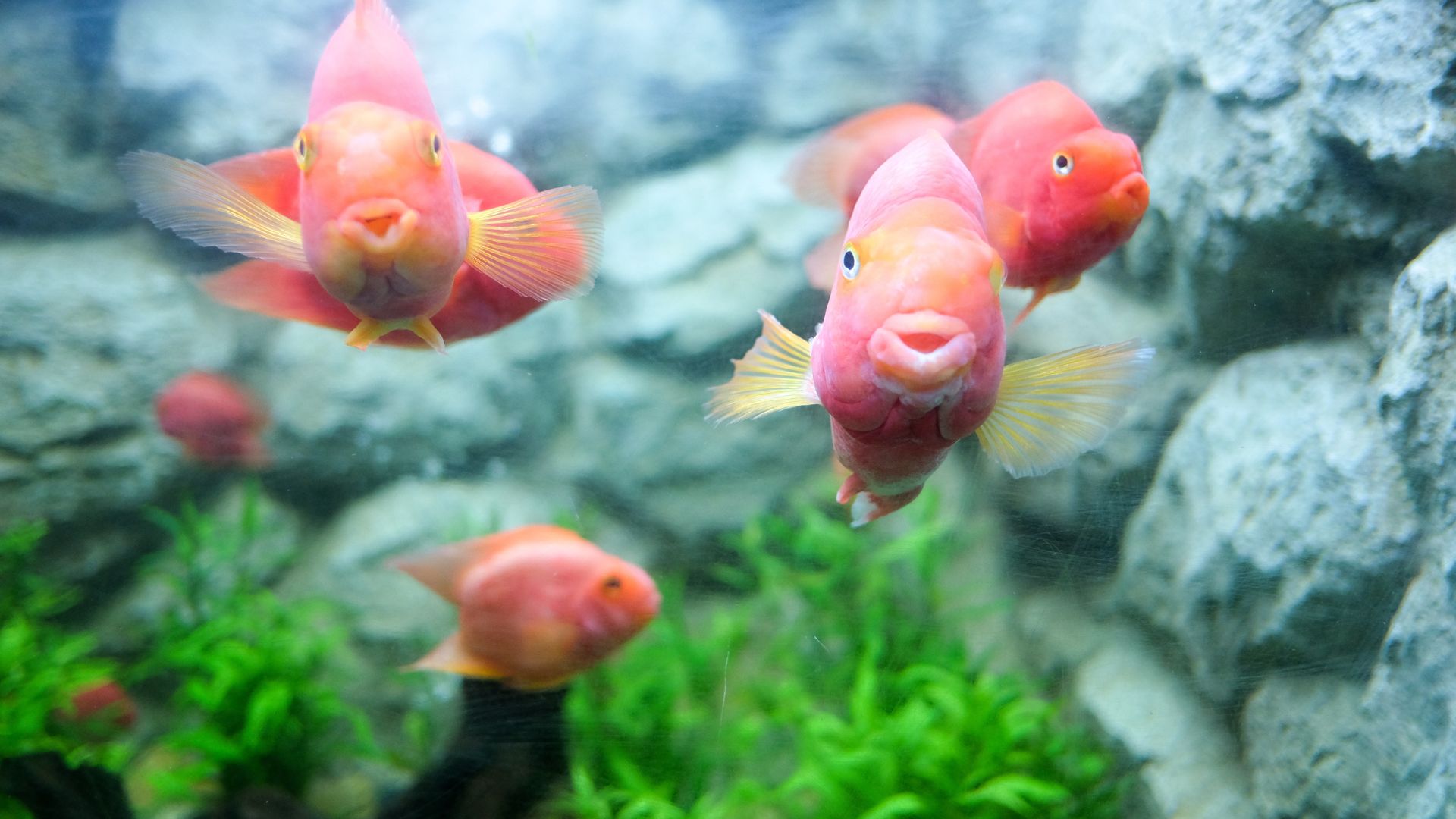
Just like humans, each species of fish comes with its own characteristics, mannerisms, and needs. Some are more demanding than others, and others are easier to look after. If you’re new to fishkeeping, you may wish to opt for the latter. If you’re hoping to add some tropical species to your tank, you’ll need to figure out whether you can cater to their desired conditions. Either way, it’s important to learn how to choose the right pet fish for you and your home.
8. Make sure there are no bullies in the tank

Learning how to choose the right pet fish isn’t just about assessing the space and time you have available. You’ll also need to consider what types of fish can co-exist so you can create a peaceful underwater community, each of whom are friends and not foes.
9. Location, location, location
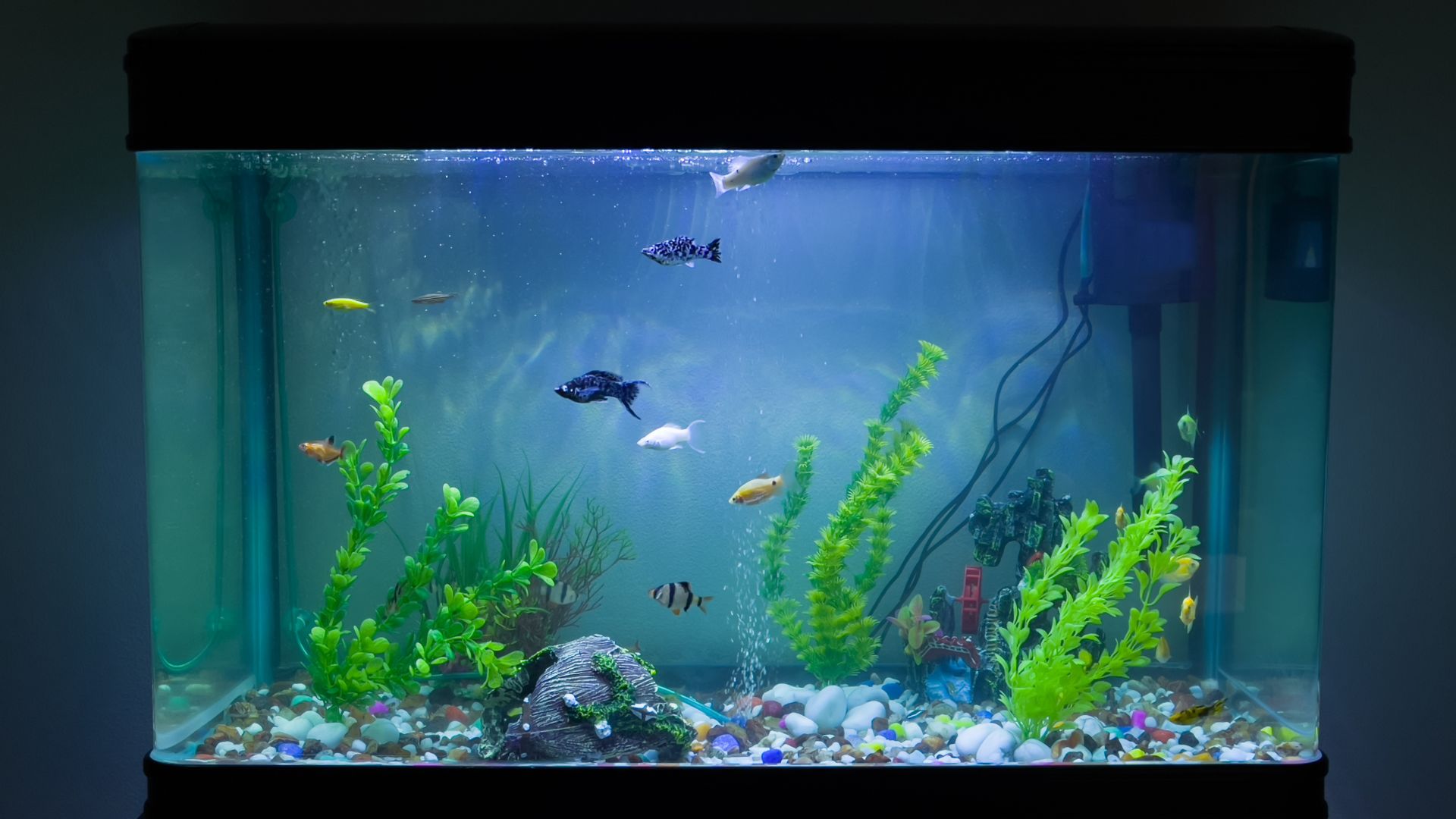
You wouldn’t decide to live somewhere without assessing the location first, right? And the same goes for your fish tank. So before deciding on your fish tank’s chosen spot, consider how much sunlight your tank will get, the temperature, and the levels of noise in your chosen area. It’s all about the location!
10. Avoid intrusive algae growth

It’s true: some algae growth in aquatic habitats is completely normal and healthy. However, this can become a problem when algae starts growing uncontrollably. For example, did you know that seaweed is the fastest-growing algae, and it can double in size in just 24 hours? However, too much algae can result in oxygen depletion, and sunlight blockage and alter the pH levels in your tank.
11. Don’t forget to siphon gravel
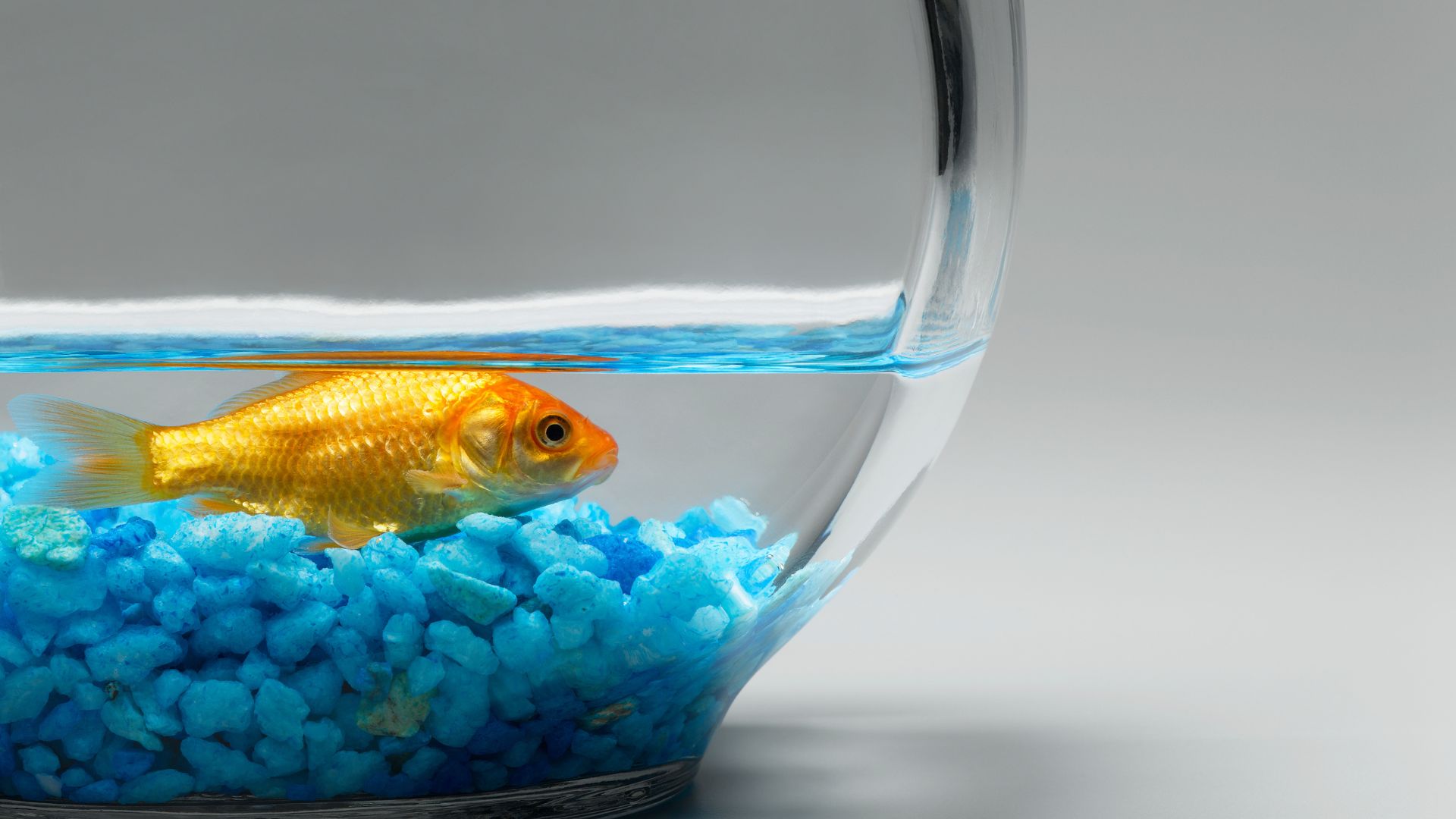
As we touched on, sticking to a strict cleaning schedule is a must in any aquarium setting. But what some aquarists fail to do is siphon the gravel. Leftover food, waste, and algae can all build up here, which is why vacuuming your tank floor can get rid of unwanted debris and help maintain your all-important water quality levels.
12. Clean your filter
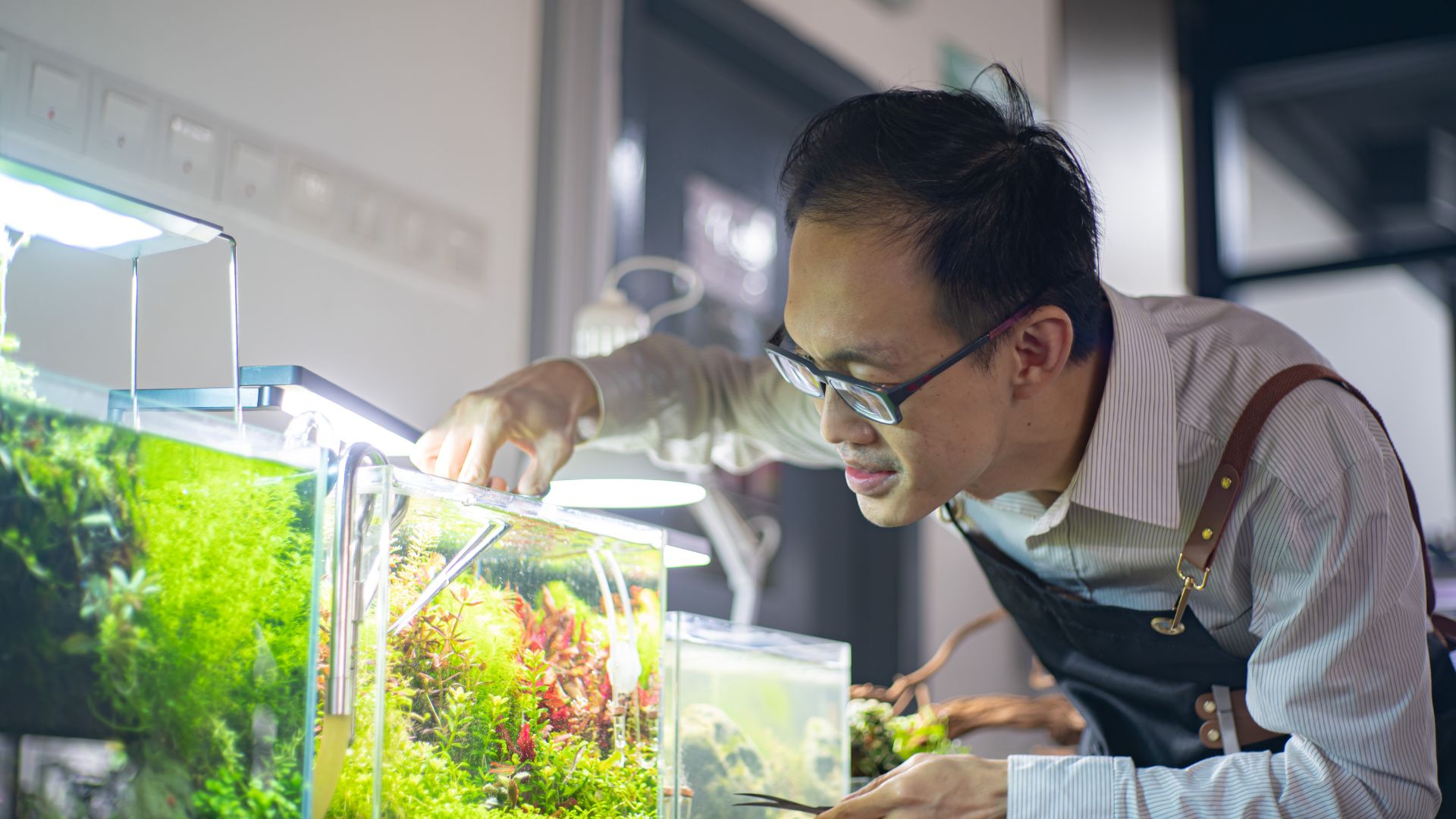
Mastering the basics and learning how to clean a fish tank doesn’t stop there. Most experts recommend cleaning the filter every four weeks depending on how dirty it’s become. And it makes sense. Your tank filter works morning, noon, and night to filter unwanted debris and toxins along with oxygenating the water. So it needs some TLC too.
13. Change some of the water every one to two weeks
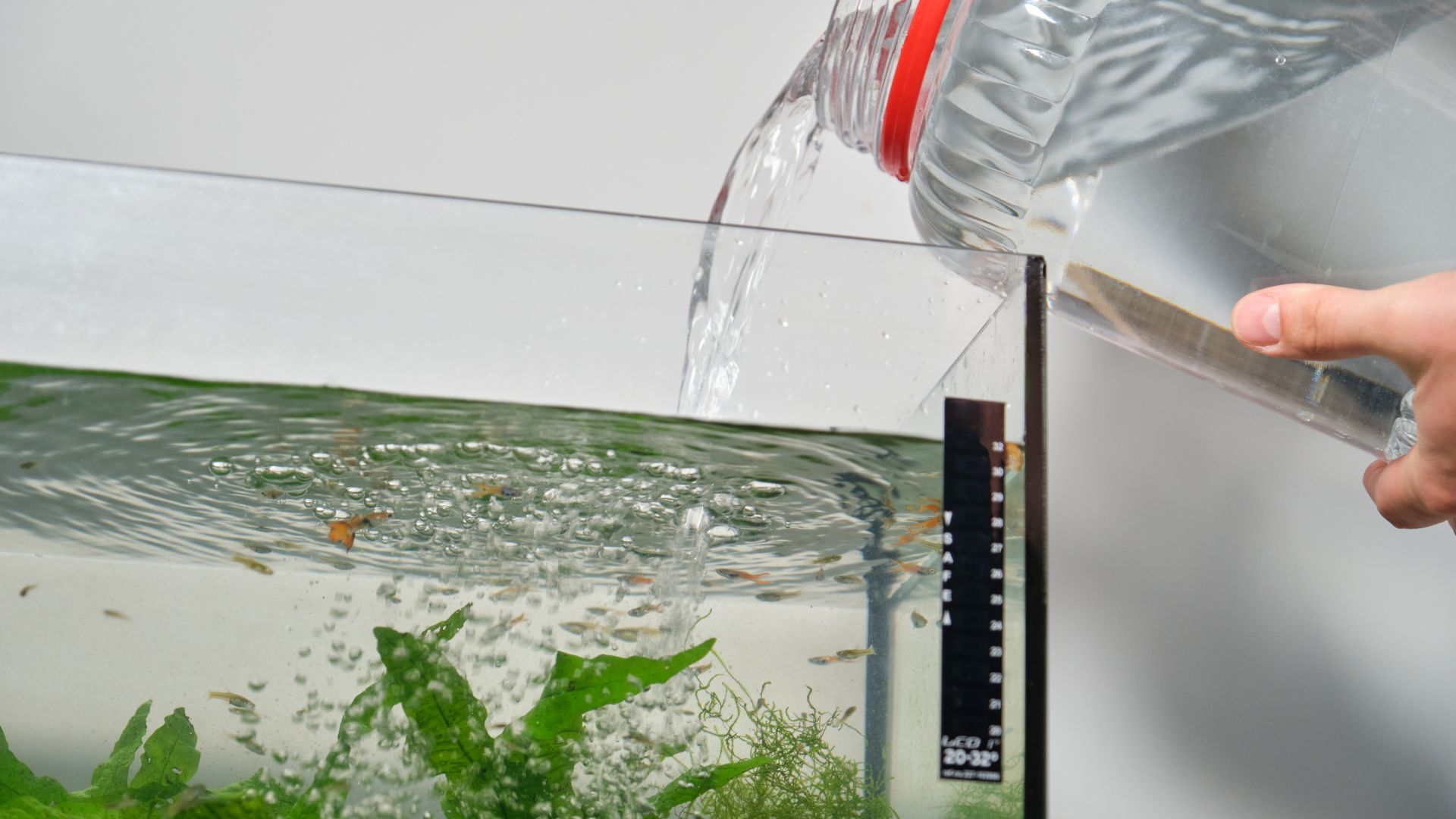
Fish tank cleaners and filters do a brilliant job of keeping your tank looking sparkling. However, to keep your fish friends happy, it’s worth changing around 25% of your water every one to two weeks depending on your tank’s bioload. The bioload is the chemicals produced by uneaten food, dead scales, plant decay and breathing. This can all alter the water quality. The goal is to keep your fish’s environment as healthy as possible and adding fresh water can increase oxygen levels.
14. Get the right-sized tank
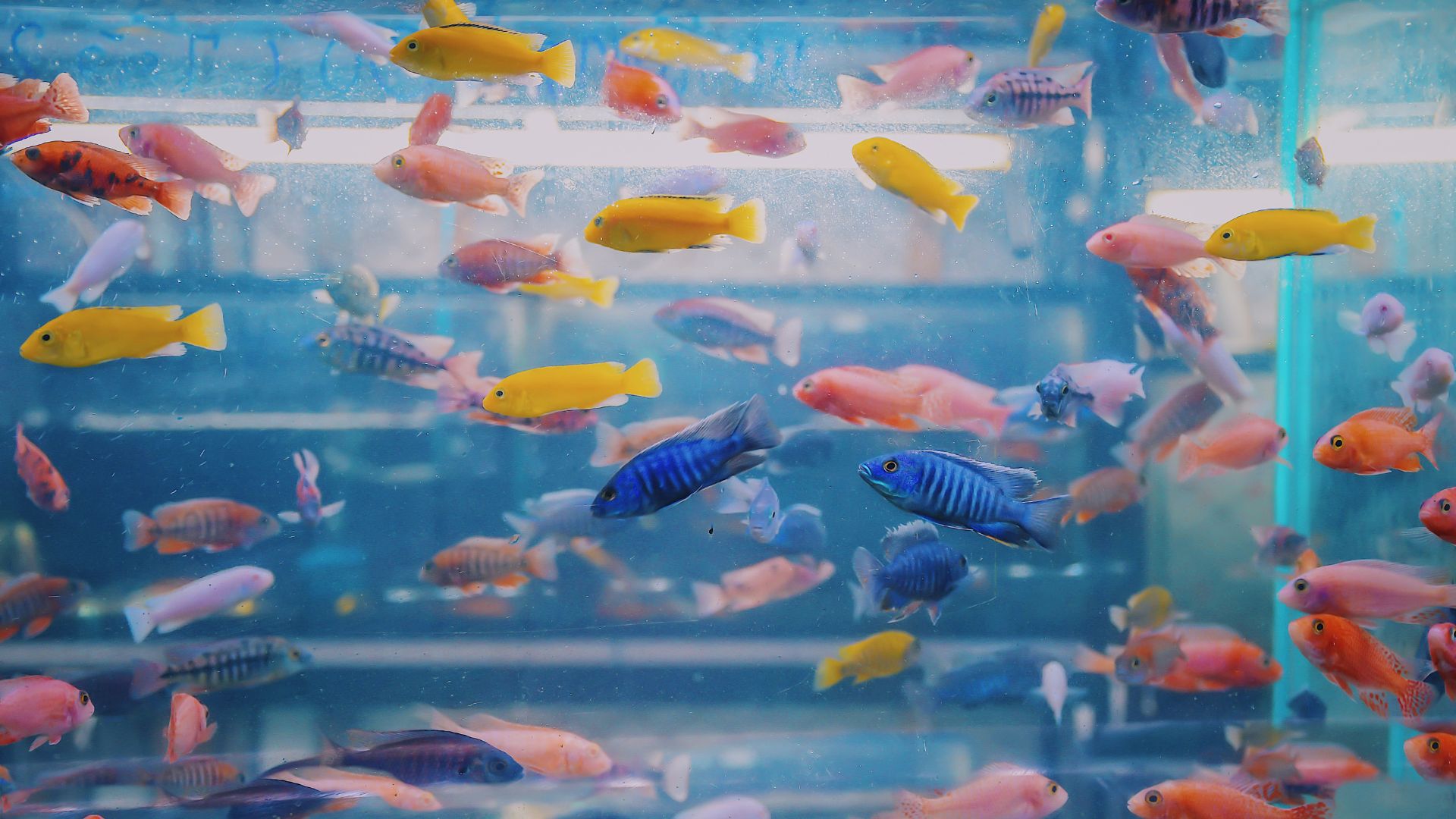
Not all fish tanks are born equal. If your fish family is under five in size, small fish tanks are worth their weight in gold. But if you’ve got a larger and more exotic school of fish, one of the best tropical fish tanks will offer up more than enough space and the right conditions to house your finned friends.
15. Invest in some tank accessories
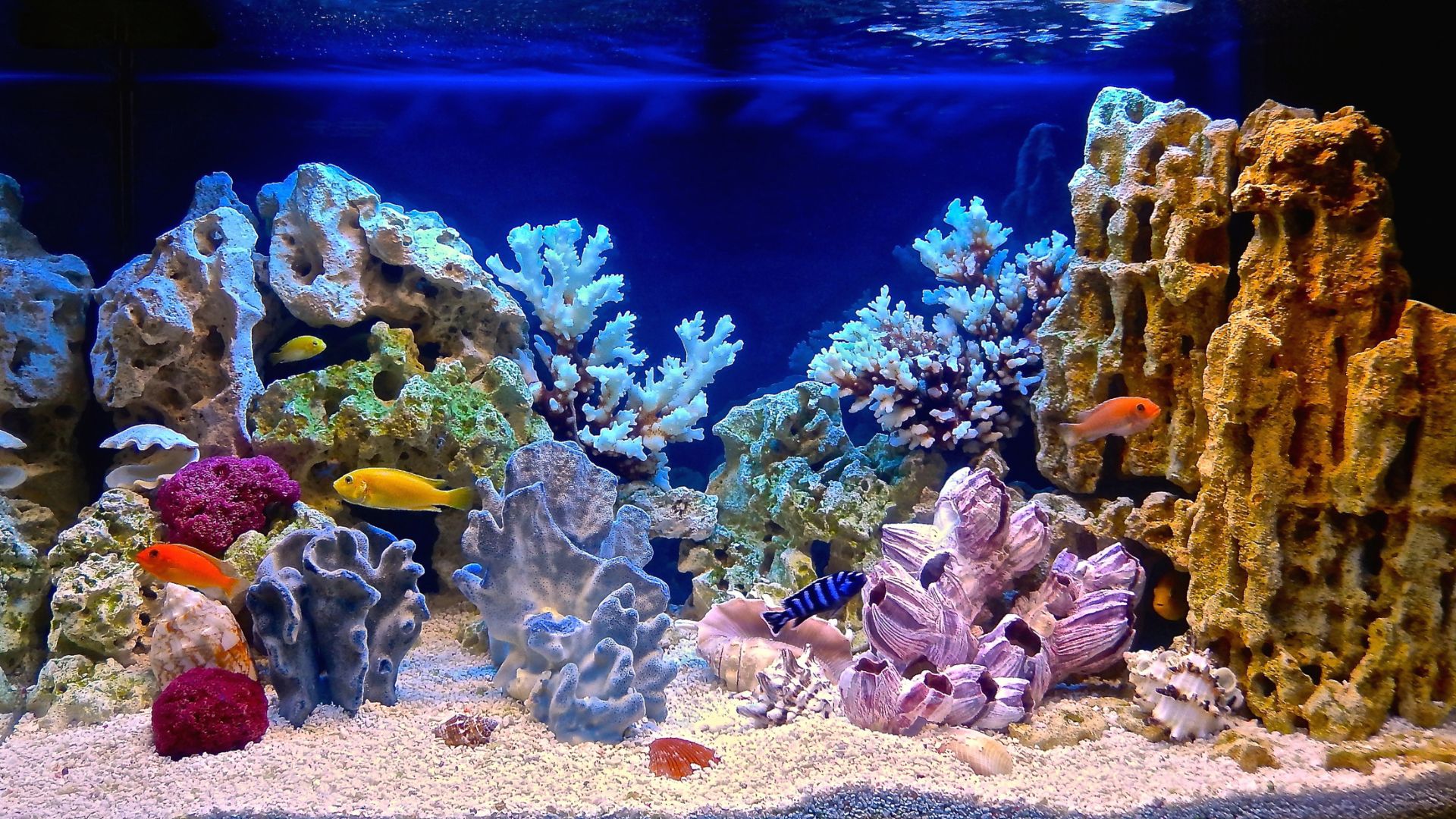
Whether it’s an interactive erupting volcano ornament or colored aquarium gravel, the best fish tank accessories not only transform your home aquarium into an eye-catching centerpiece you’ll love to spend hours looking at, but they can also provide a stimulating environment for your fish.
16. Get a light
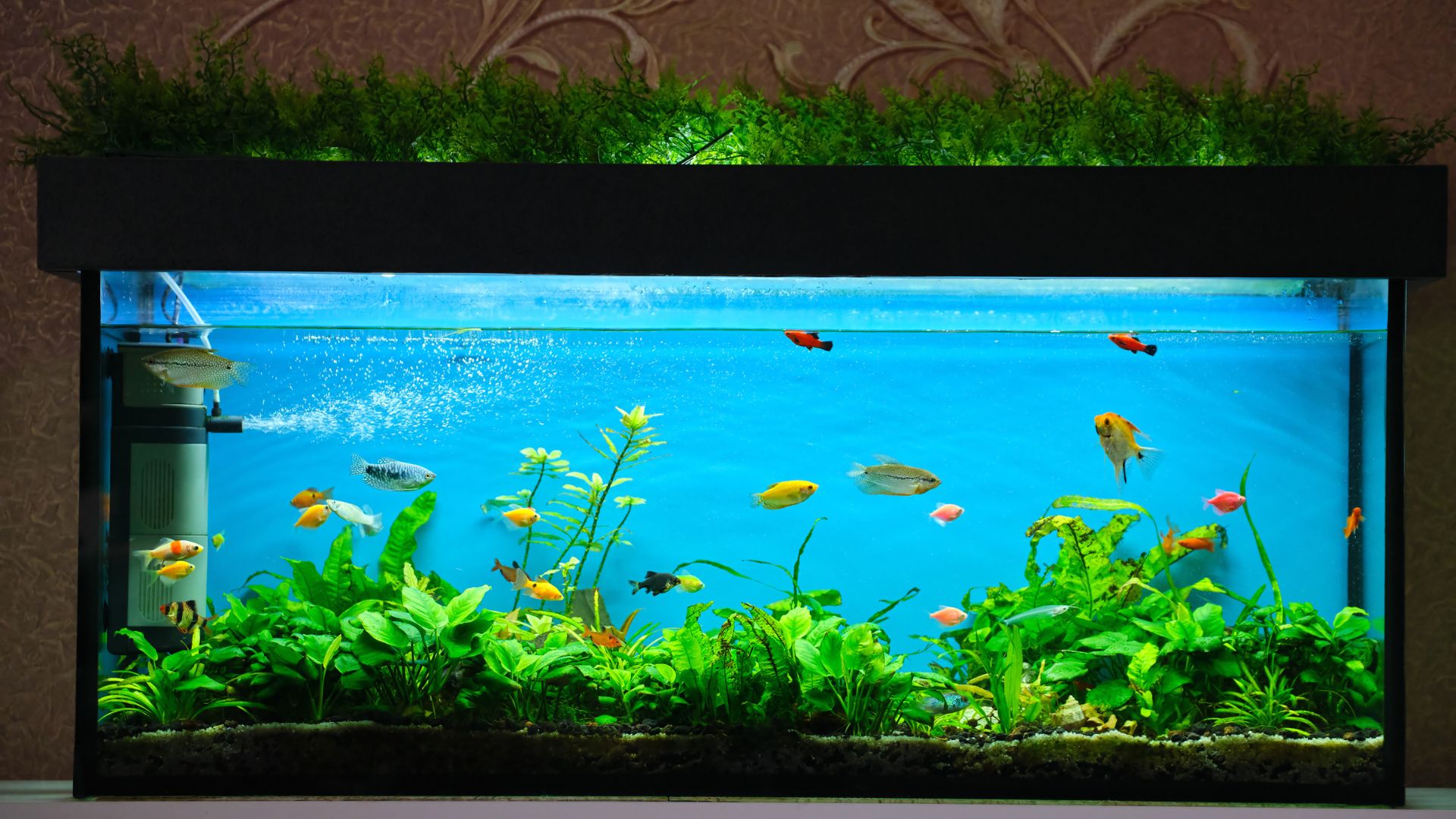
Providing energy and oxygen for your plants and organisms, generally speaking, most fish need between 8-12 hours of light a day to thrive. By investing in an LED light for your tank, it also means you’ll be able to see your under-the-water friends come day or night.
17. Cover the aquarium
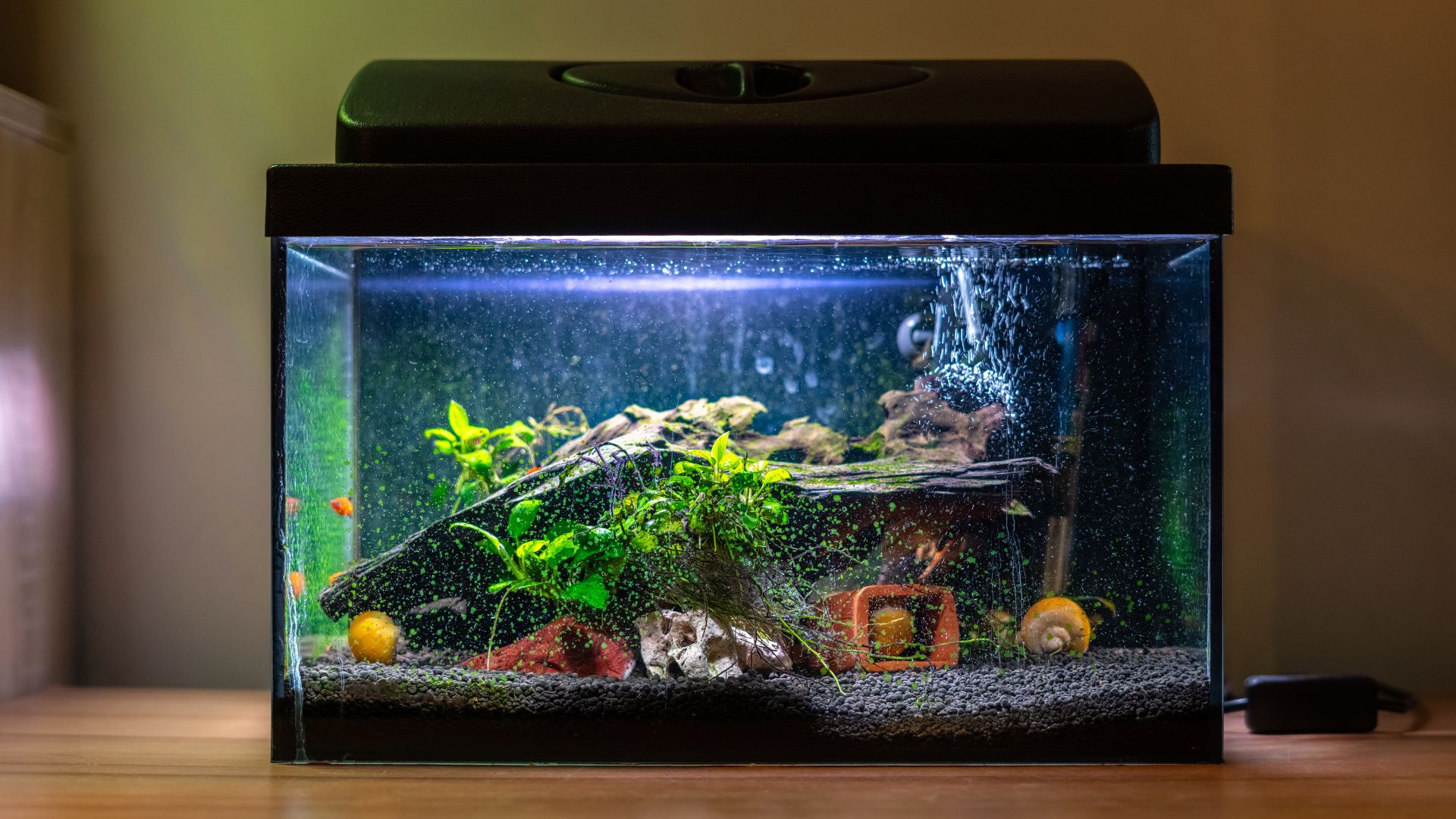
This is another crucial tip for taking care of your fish. Adding a cover to your aquarium and keeping it shut will help to stop the water from evaporating, bugs from entering or dust from settling on the water surface. This means lesser water changes and quality H2O for your fish family.
18. Avoid touching your fish
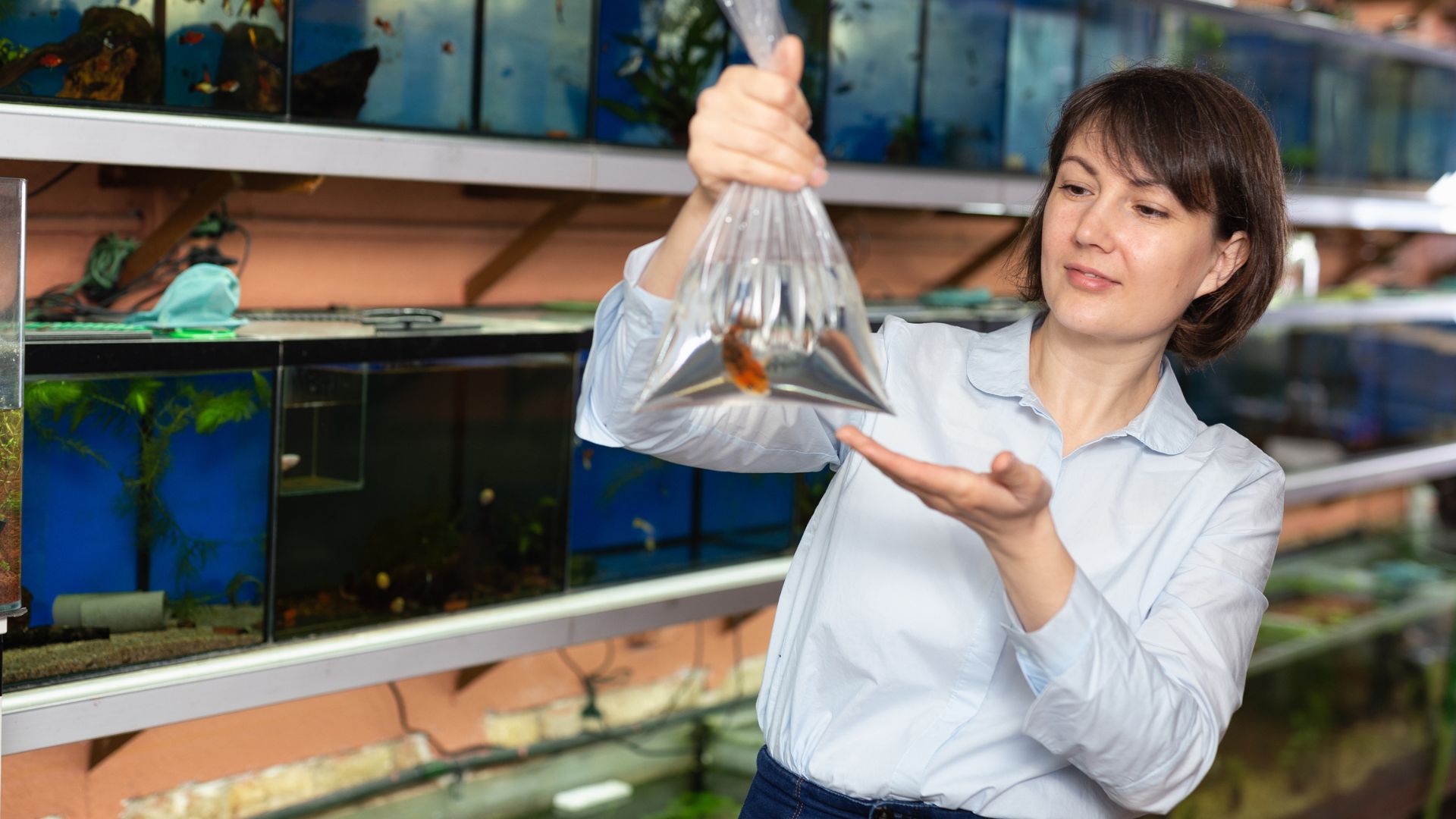
If you’ve ever touched a fish before, the words ‘slippery’ or ‘slimy’ might come to mind. That's because fish have a protective coating that helps them safeguard against infection. To ensure you look after the health of your finned friends, you should avoid handling your fish in your aquarium. However, if it’s an emergency, wash your hands and avoid squeezing them.
19. Feed your fish a high-quality diet
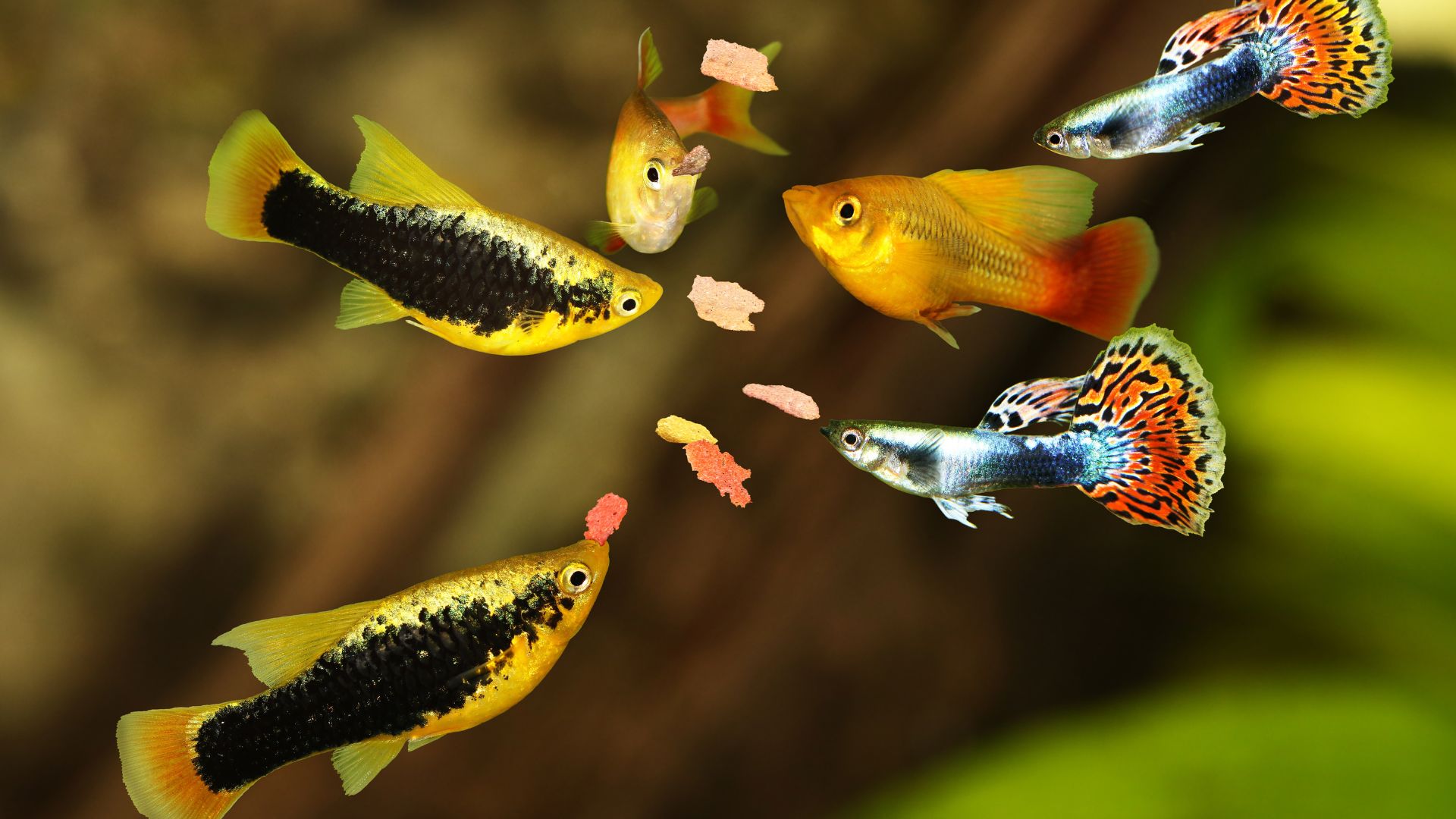
The best food will vary from fish to fish. That’s because it all depends on whether your fish are omnivores (which eat both meat- and plant-based foods), carnivores (which favor fresh, frozen, freeze-dried, and or live meat-based), or herbivores (which devour aquatic plants and algae). That way, you can ensure they are getting the correct diet and a balanced one.
20. Avoid overfeeding
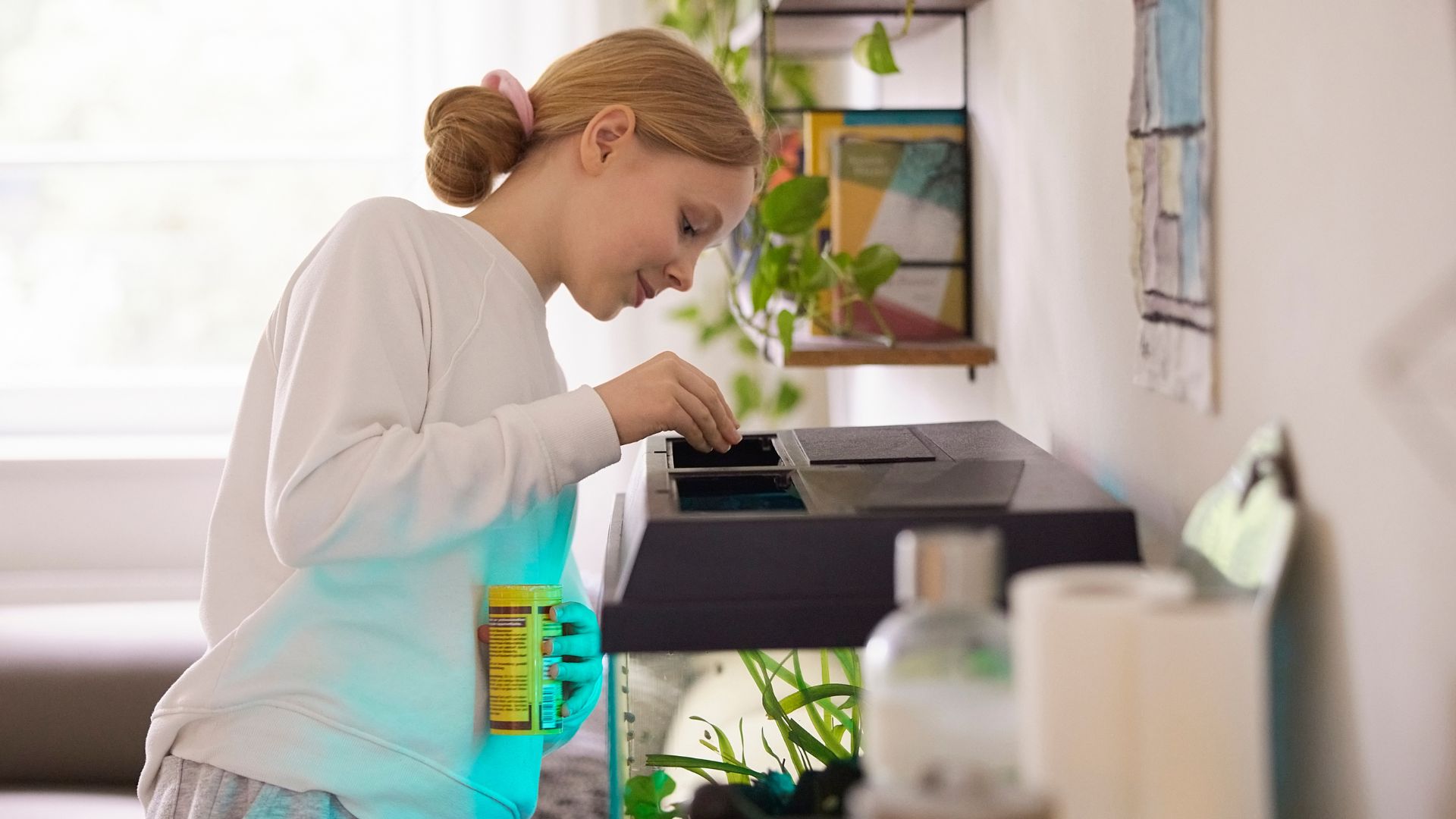
Once you’ve found the best fish food for your water babies, it can be tempting to make sure they get enough. However, it’s critical to understand your species’ requirements and feed them accordingly. Excess food in the tank can result in poor water quality. So do check how much and how many times a day you should feed your school.
21. Add plants
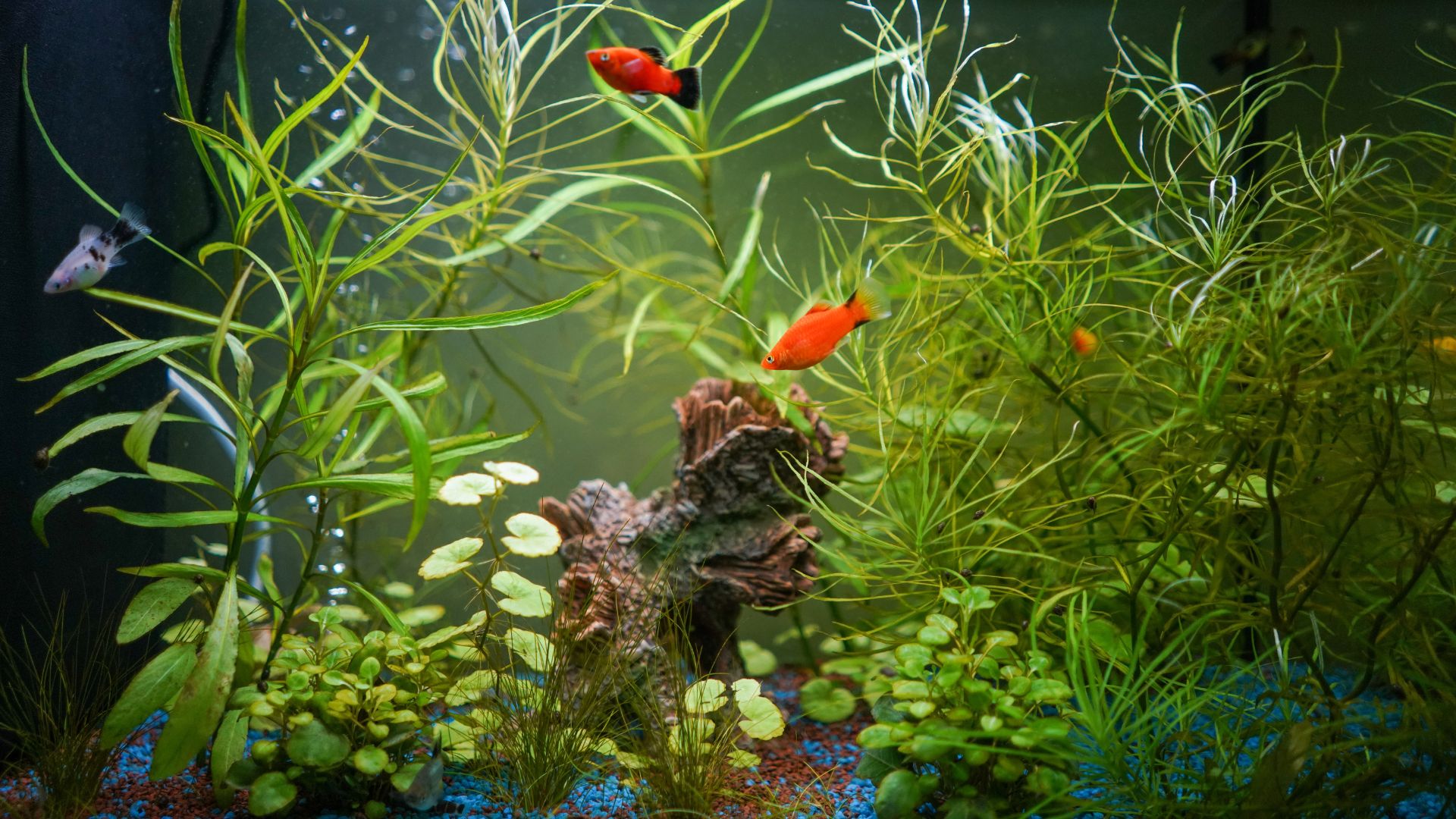
Helping to add some color to your aquarium, plants also produce oxygen which is necessary for fish to survive, remove carbon dioxide from the water, and work hard to clarify the water. So in essence, adding plants to your aquarium will also make your aquatic ecosystem a healthy and balanced environment for your fish to live. Perfect!
22. Choose the right filter
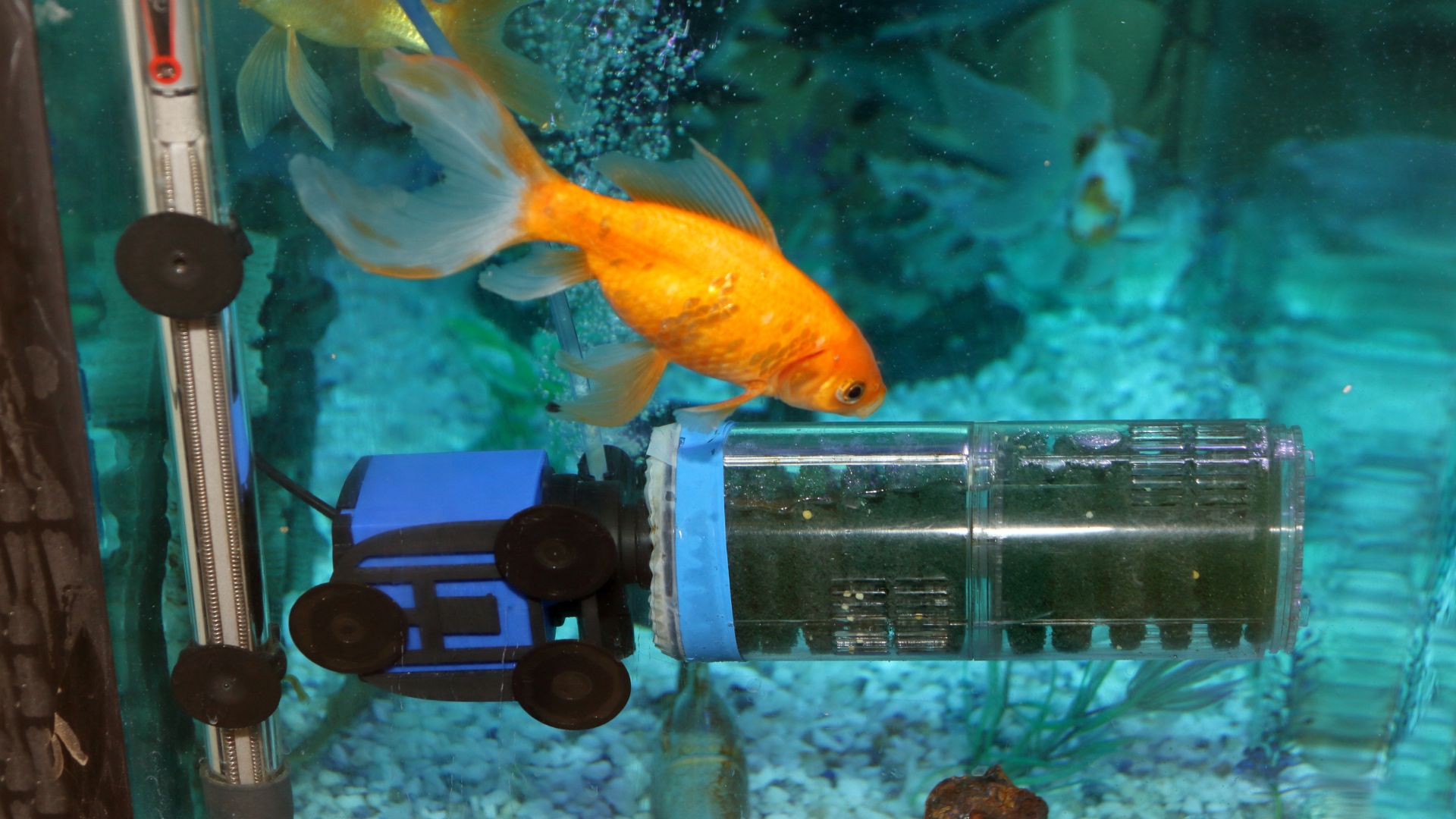
A couple of factors will depend on what size tank filter you’ll need to get. For starters, you’ll need to take into consideration the size of your tank and how much water it holds. Experts recommend for planted aquariums there is a filter turnover of around 5-10 times your tank size. This means for a 100-liter tank, you’ll need to pick out a filter that has a 500-1000 liter per hour flow rate.
23. Engage their natural senses with enrichment
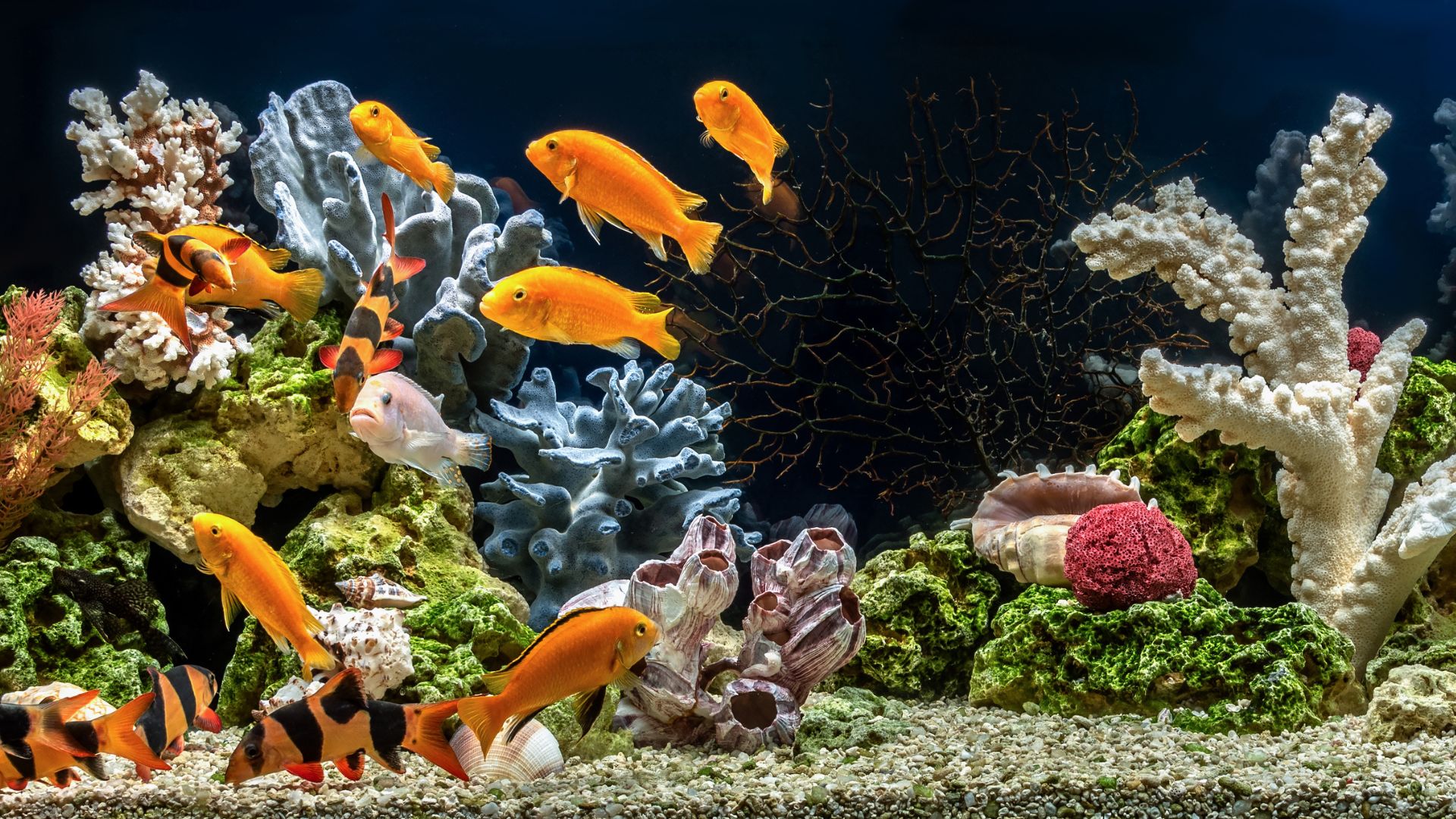
They might be small in size, but even fish need environmental enrichment to help prevent poor health, and stress and to promote a natural display of behavior. According to the American Association of Zoo Keepers’ suggested guidelines on enrichment for fish, changing the way that food is offered to fish is a ‘good form of enrichment, particularly if it stimulates new foraging behaviors.’ So, this includes feeding at different times of the day and feeding from different areas of the tank.
24. Quarantine new or sick fish

Keen to add some new additions to your fish family? Before doing so, it’s a wise idea to put your new fish into quarantine to ensure your aquarium remains healthy and to prevent any diseases from spreading.
25. Teach them tricks
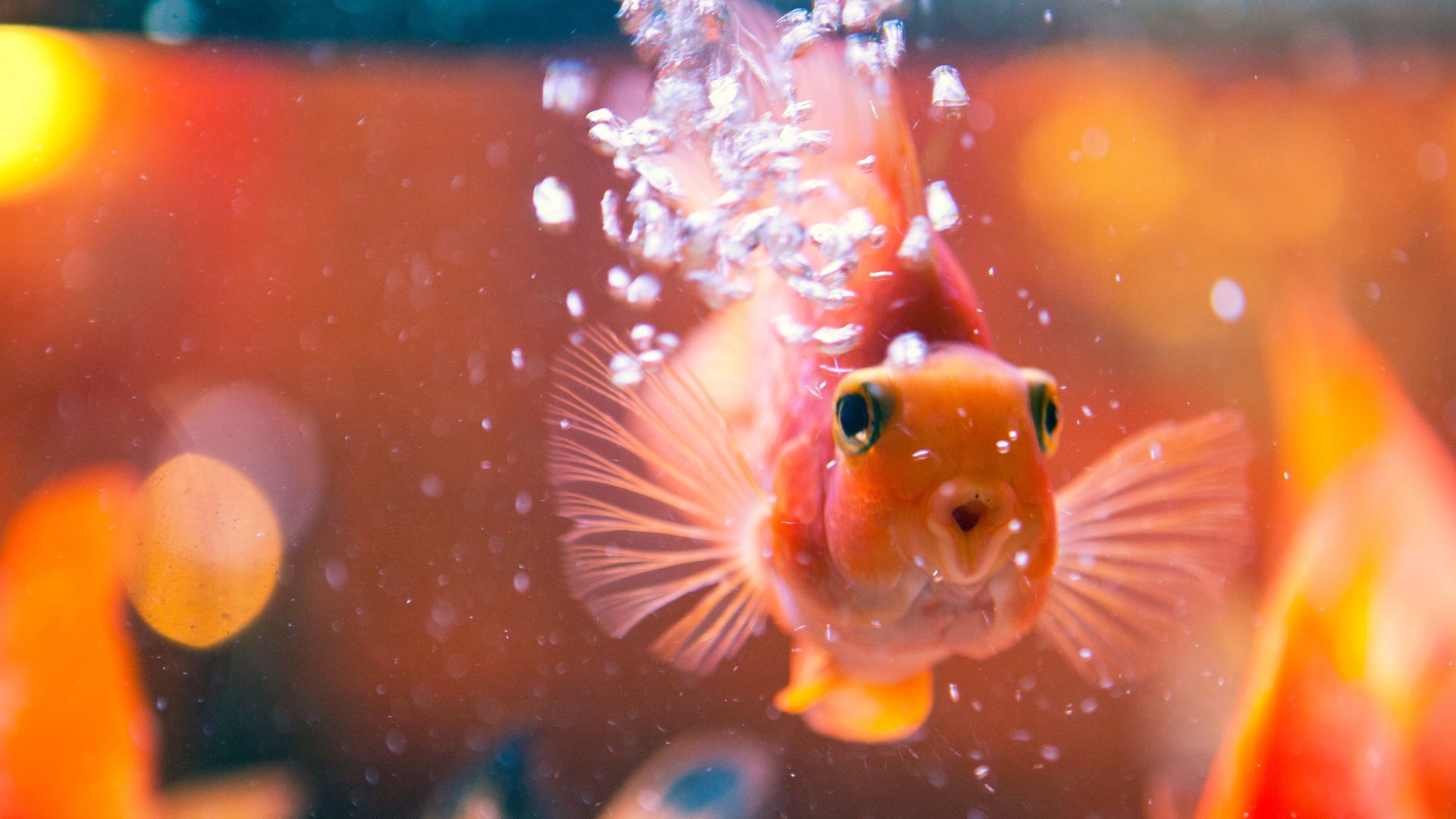
Contrary to what you might have thought, it’s not just dogs or cats that can learn new tricks. To prevent boredom and encourage activity, you could teach them how to swim through small holes or hoops or how to go through a tunnel.
26. Get creative with your tank
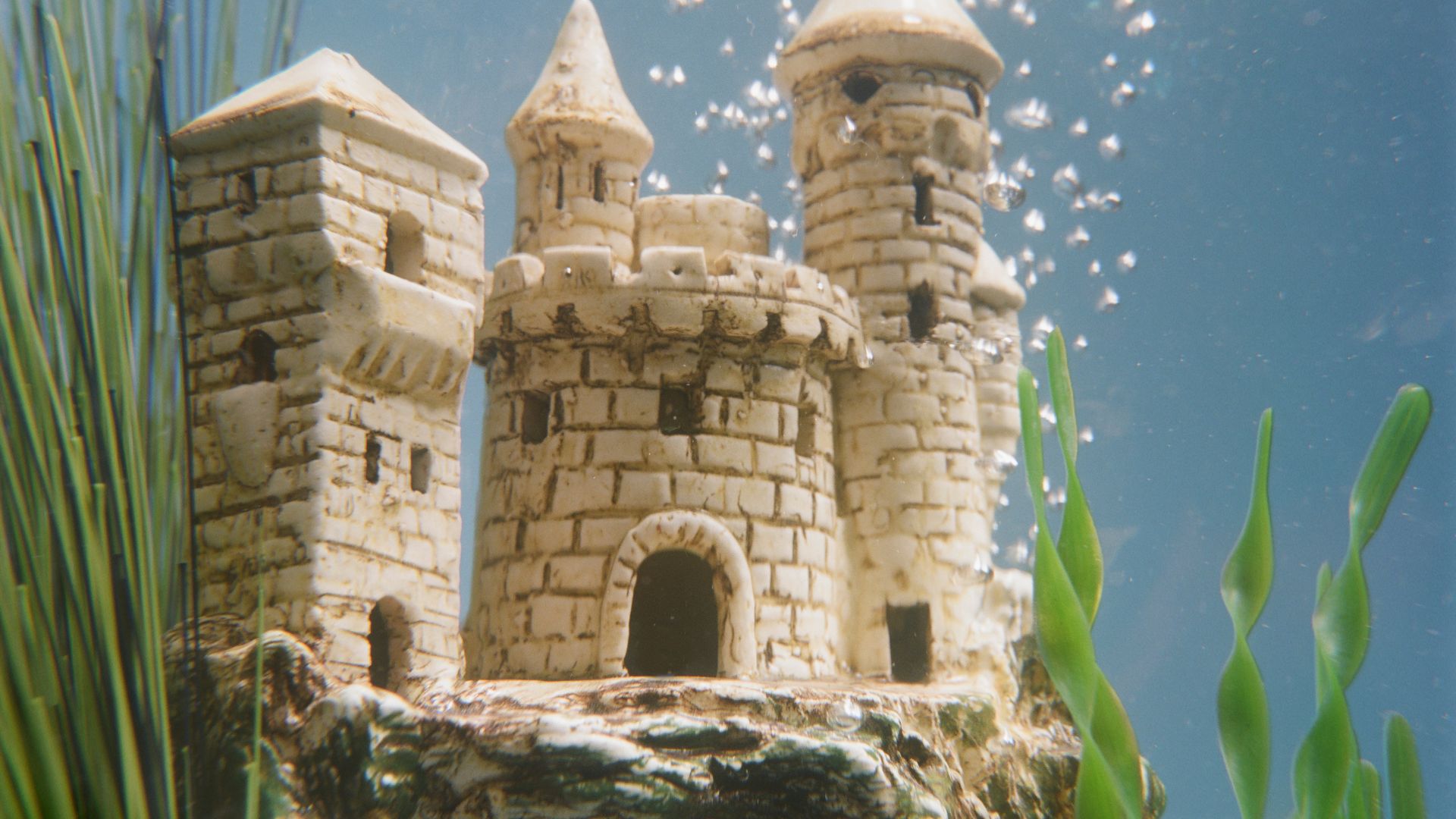
Make your finned friends feel comfortable by incorporating driftwood, gravel, caves, rocks, and plants into their under-the-water lodgings. When arranging your plants, try to achieve a natural look. So instead of placing greenery in a neat and orderly straight line, arrange the plants in an ‘X’ pattern. This will help them feel right at home.
27. Don’t tap on the tank
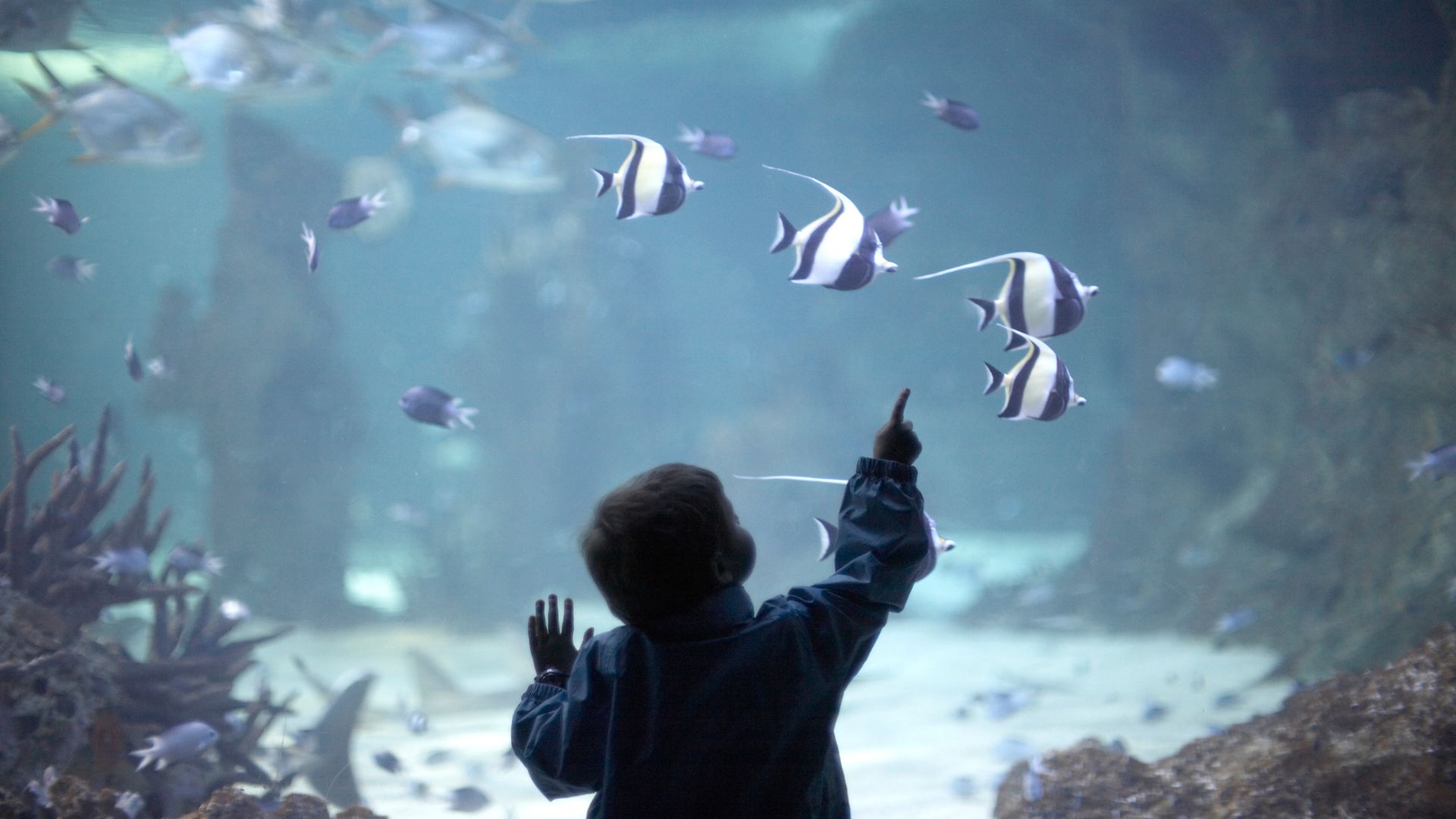
Remember what we said about a fish’s sensitive hearing? Well, tapping on the tank can inadvertently result in stressing your fish out, it contributes to rising noise levels and it can also create vibrations in the water.
28. Clean your hands before feeding
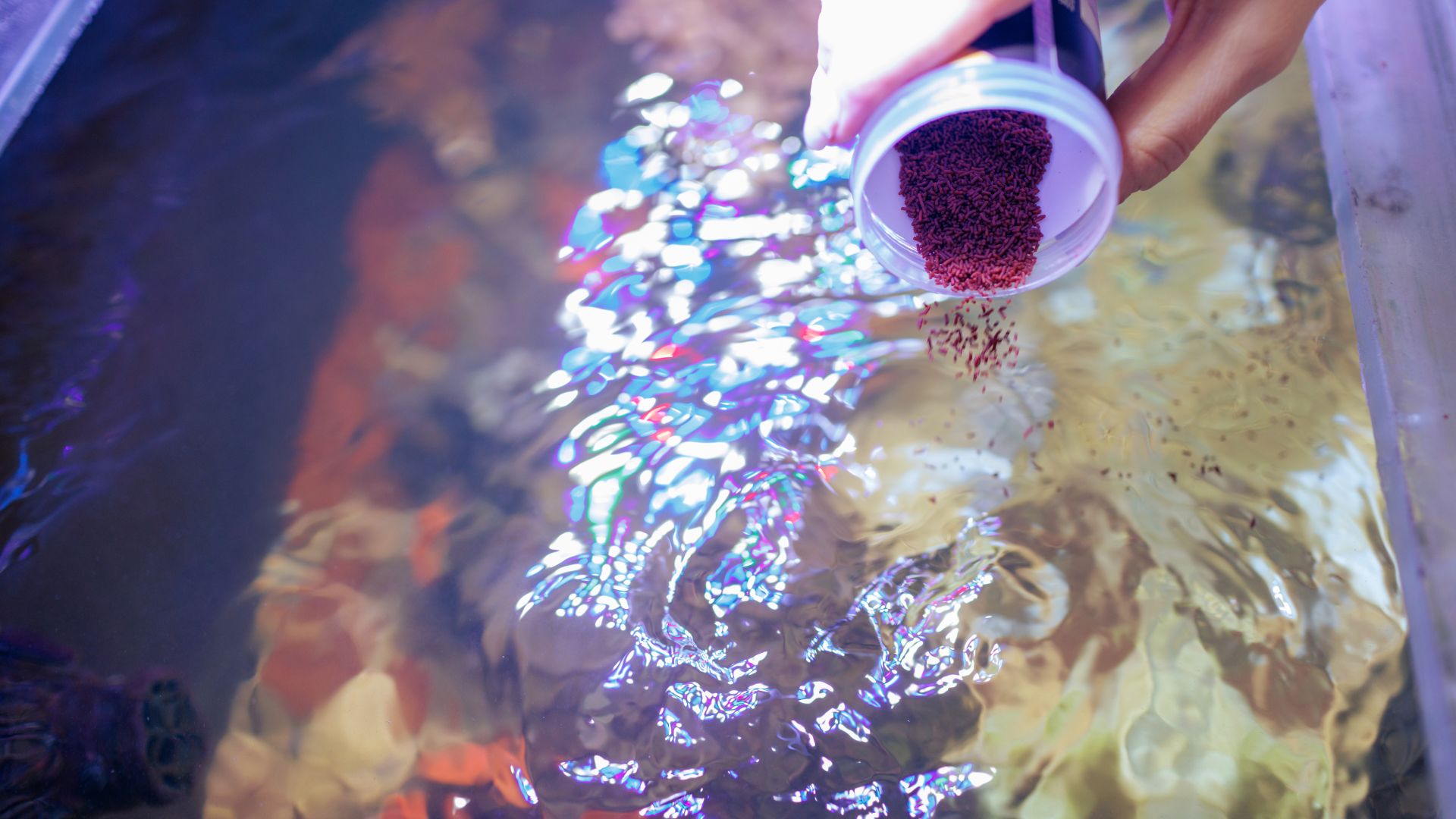
You don’t have to touch the fish or the water to spread disease. All it takes is for you to feed your fish with unclean hands. So, to prevent spreading germs, the Centers for Disease Control and Prevention recommend using hand sanitizer with at least 60% alcohol if soap and water are not readily available.
29. Clean decorations
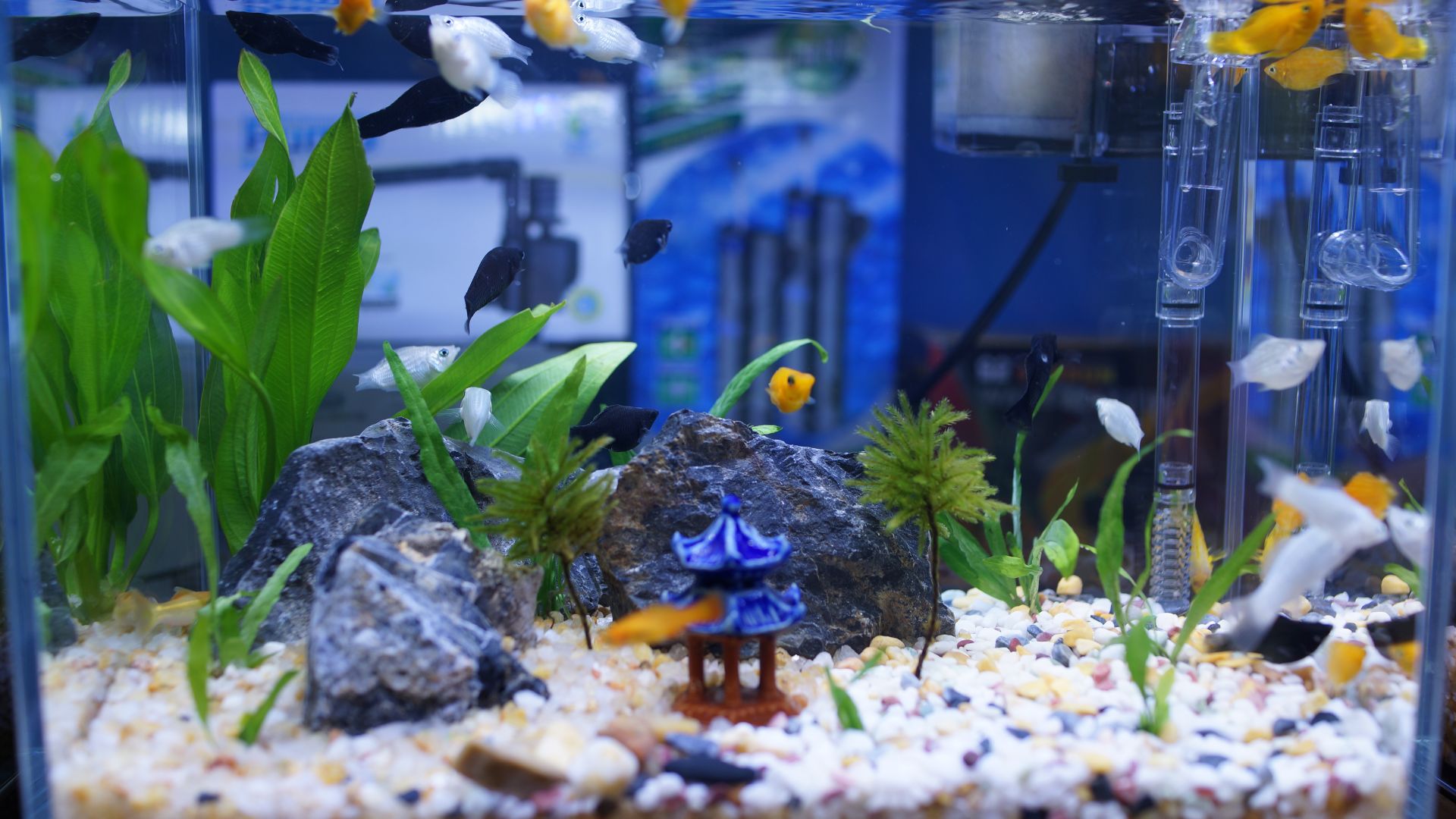
So, you’ve siphoned your gravel, scraped the algae off the sides and cleaned the fish tank. But before you start adding your fish back into their home, don’t forget to clean the decorations. Whether it’s ornaments or the planks of wood, these decorations can become a breeding ground for mineral deposits, algae and bacteria waste. Another no-no in at-home aquariums.
30. Condition the water
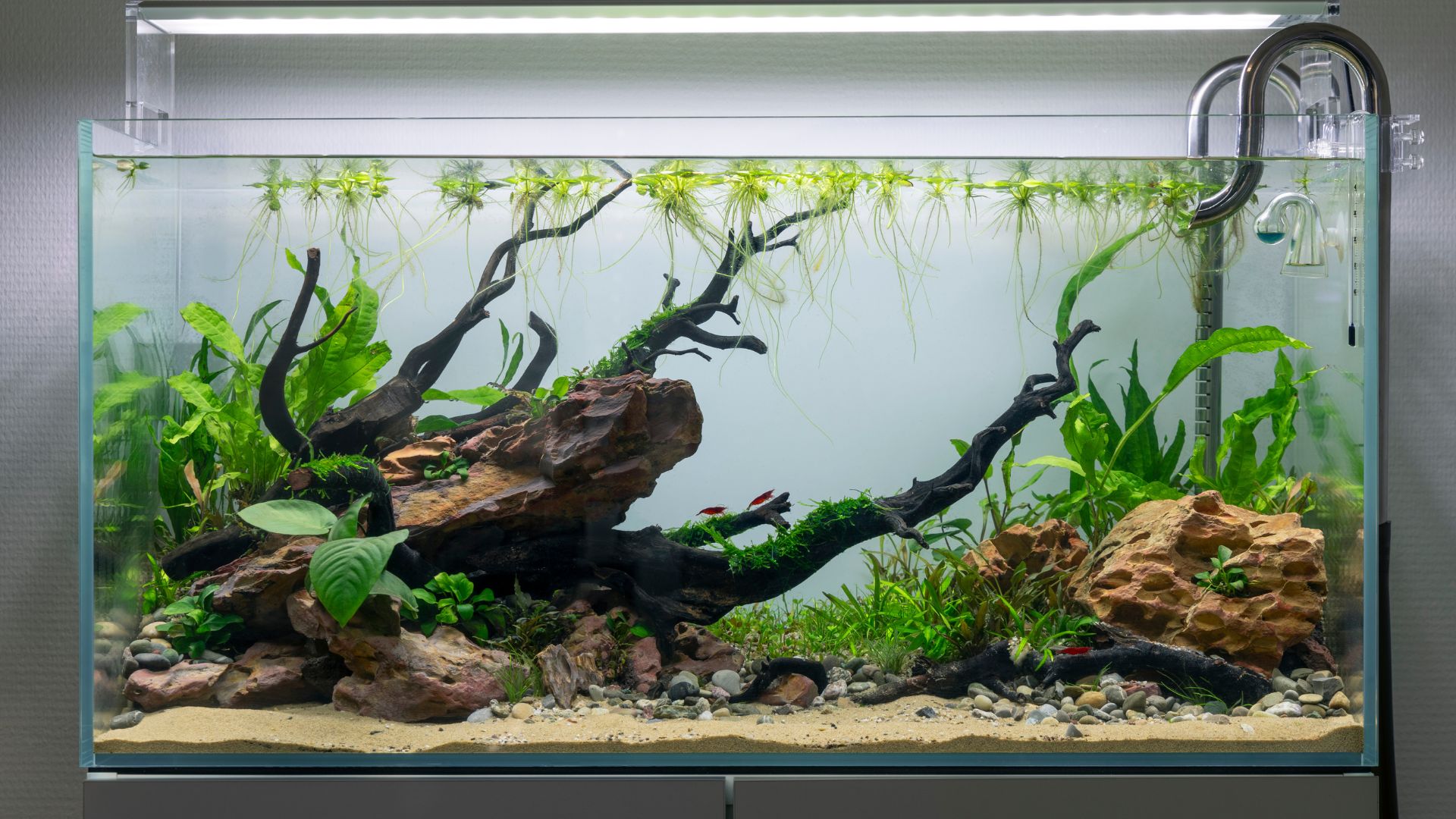
As we know, poor water will result in poor health for your aquatic friend. But that’s where a water conditioner can help you to stay on top of things. An aquarium tap water-safe conditioner can help neutralize chlorine and ammonia, both of which can be toxic to fish. This can also help to keep your water from looking cloudy. If you’re considering investing in a water conditioner, speak to the pet shop where you purchased your fish as they should be able to guide you on the right type for your tank and fish.
31. Keep an eye on them
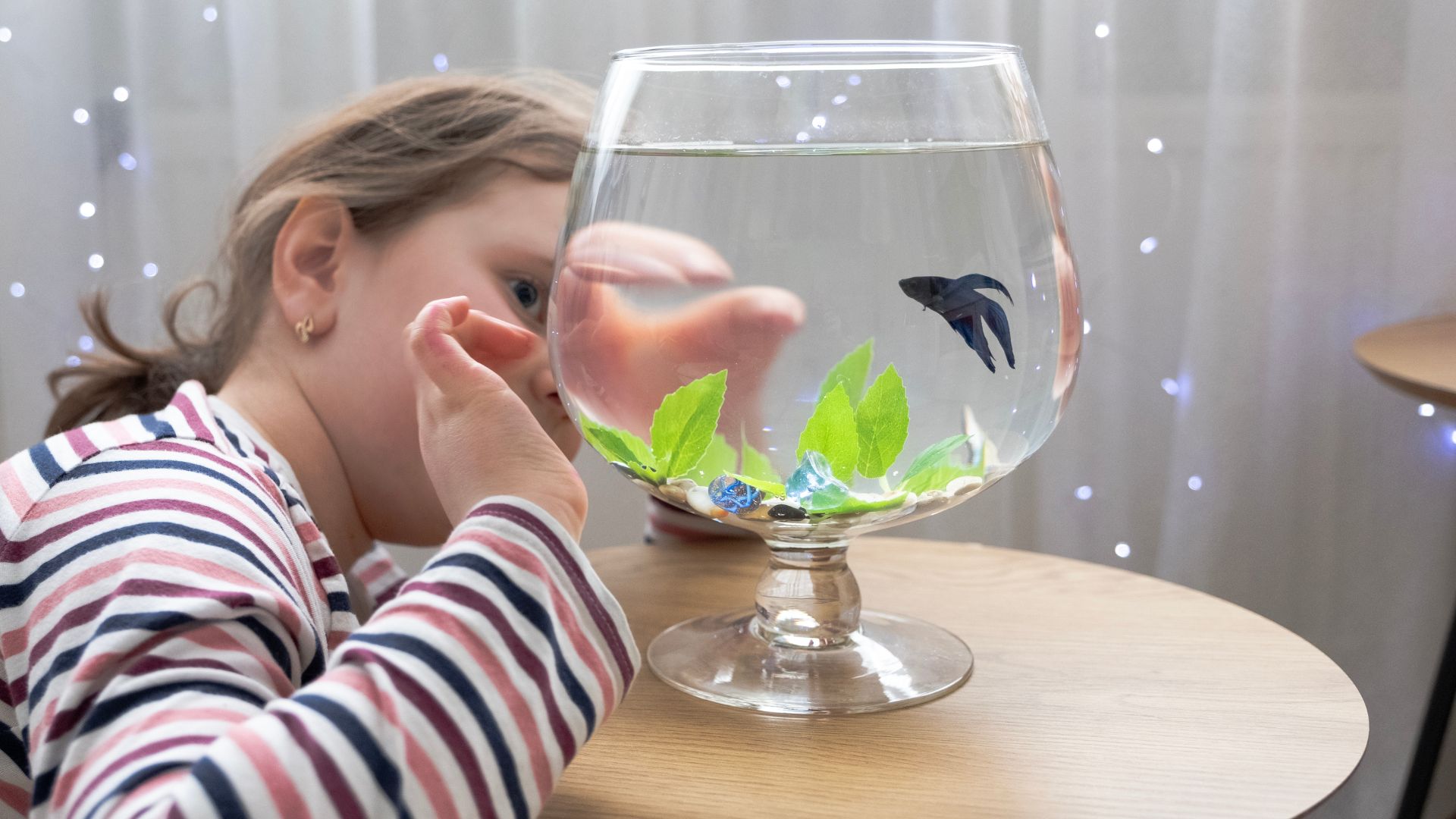
Any pet parent will want to make sure their beloved water baby is happy in their new home. But unlike a cat or dog, who could bark or meow to communicate with us, you’ll need to watch your finned friend's body language. For example, if they are ‘flitting’ or darting around the tank, frantically swimming, or gasping for air at the surface, it could all be warning signs that something isn’t right.
32. Call in reinforcements
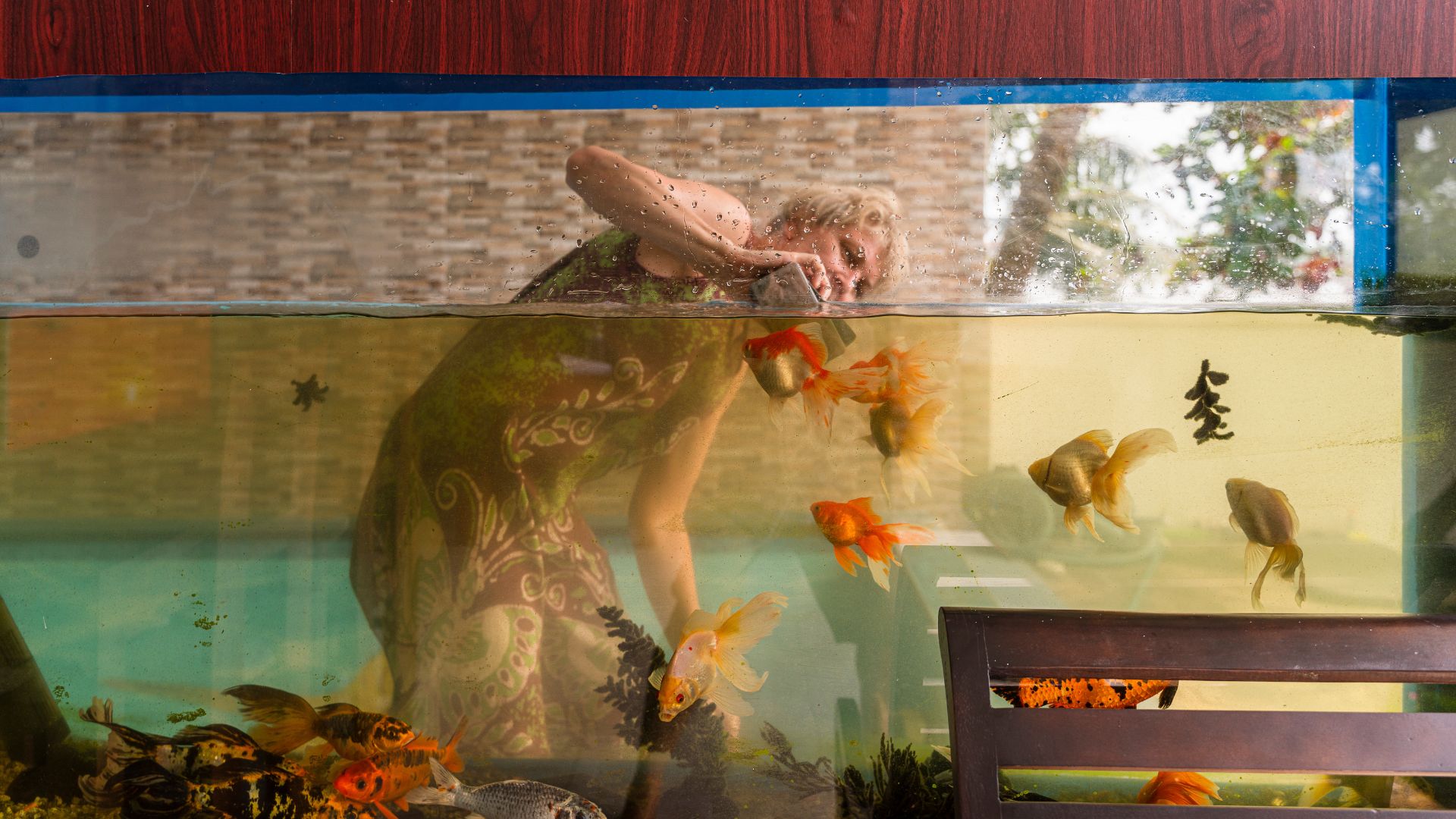
Having made it to the bottom of the best care tips for your fish, you may have concluded that you’re unable to give your fish the TLC they need day to day and week to week. If that’s the case, don’t panic. Instead, call in the professionals, like an aquarium maintenance company, who will help you keep your tank (and fish) in tip-top condition.
Do fish get bored living in a tank? We spoke to a vet to help reveal the signs of boredom to be on the lookout for. Plus, there are some top tips to ensure your fishy friends thrive in their home.







